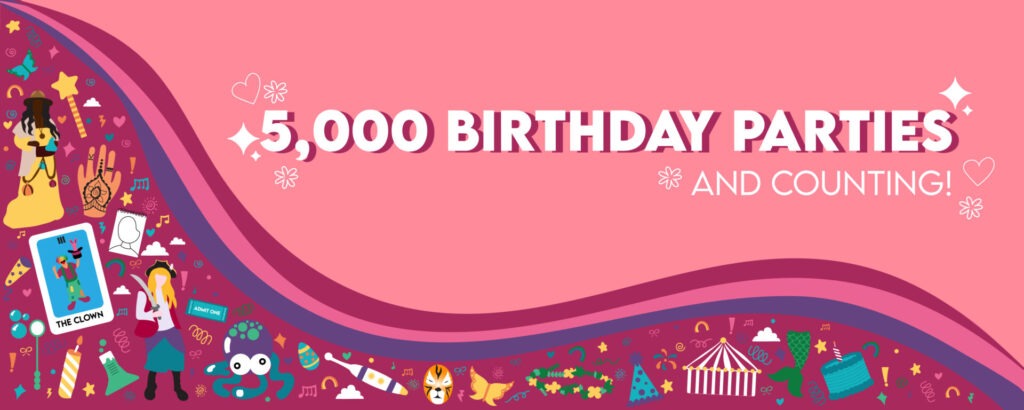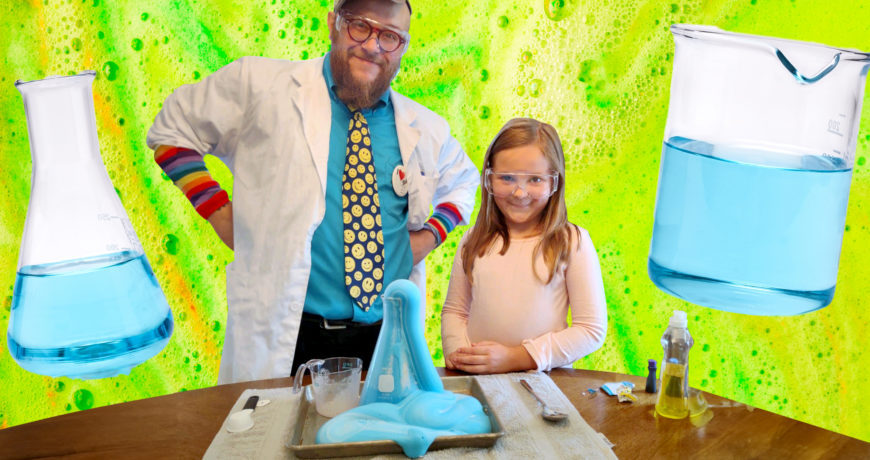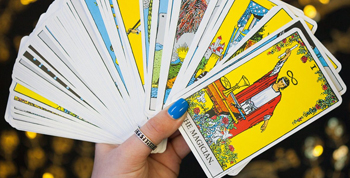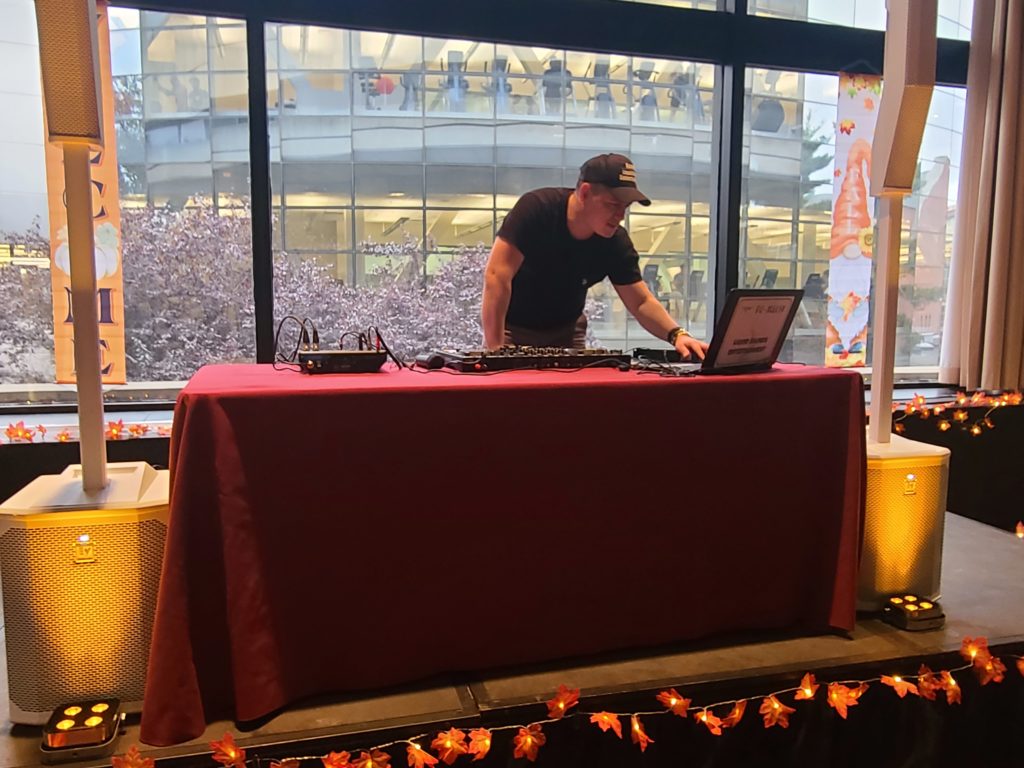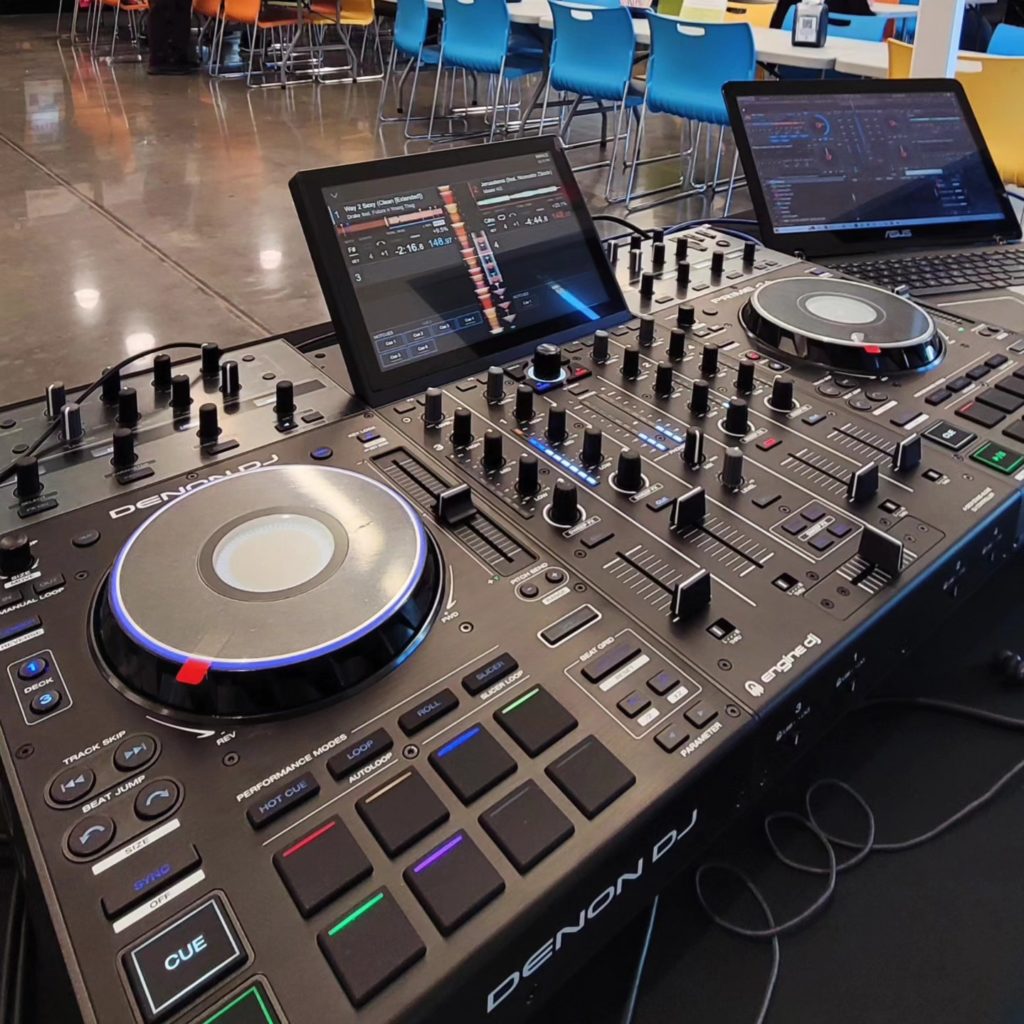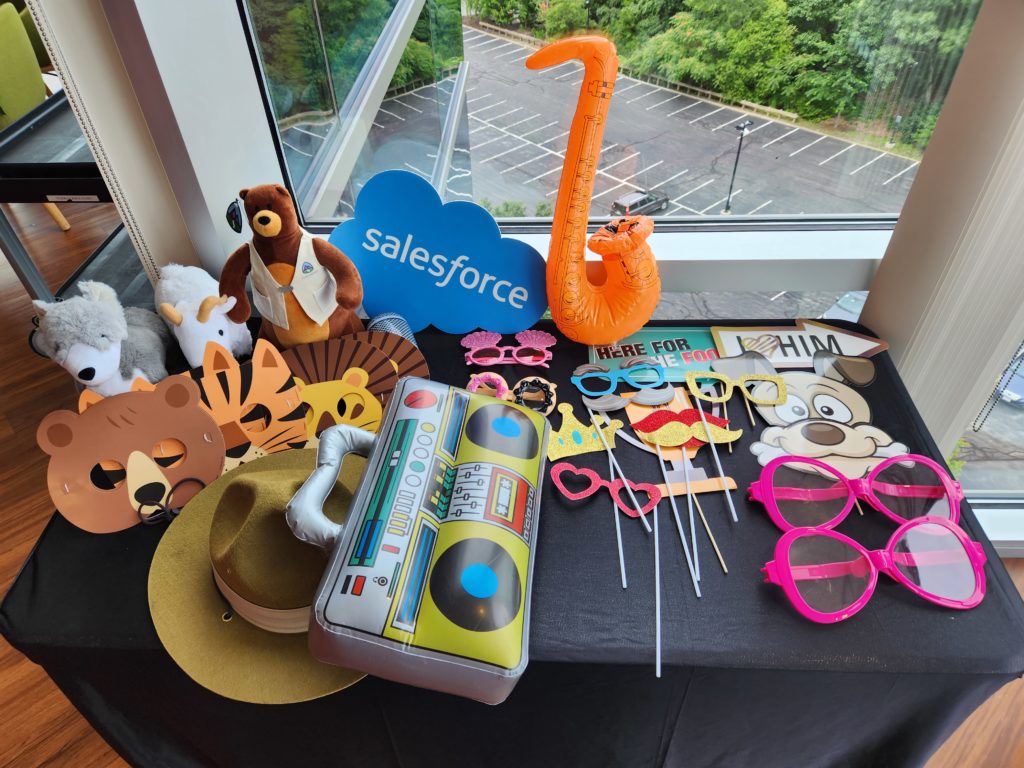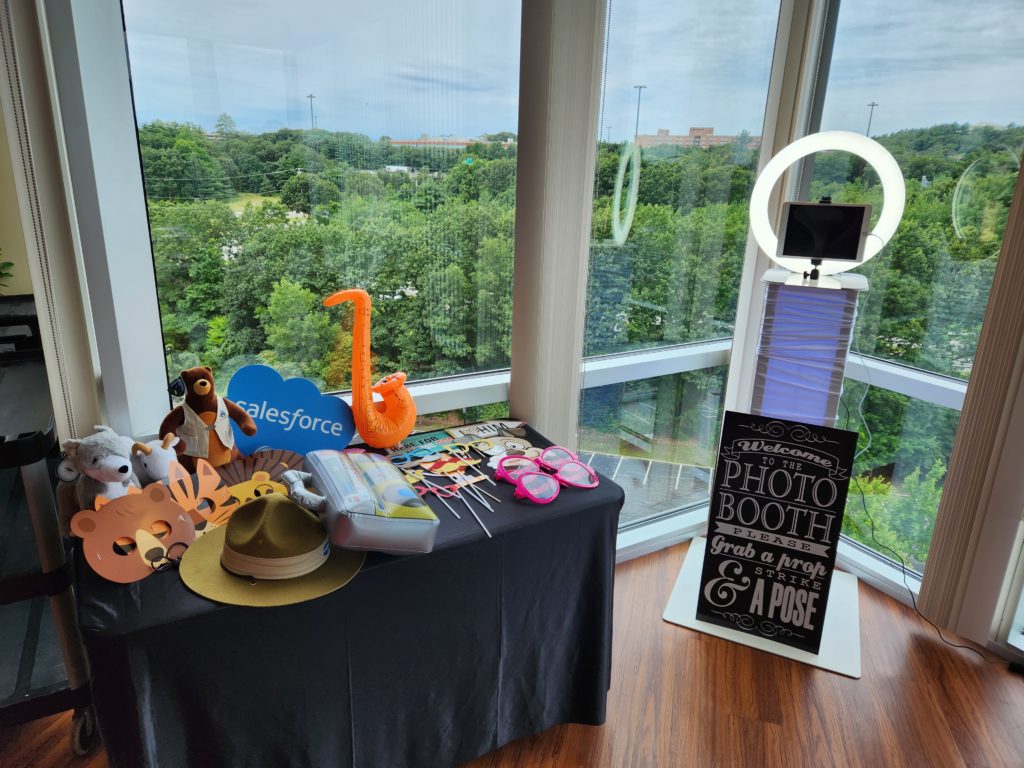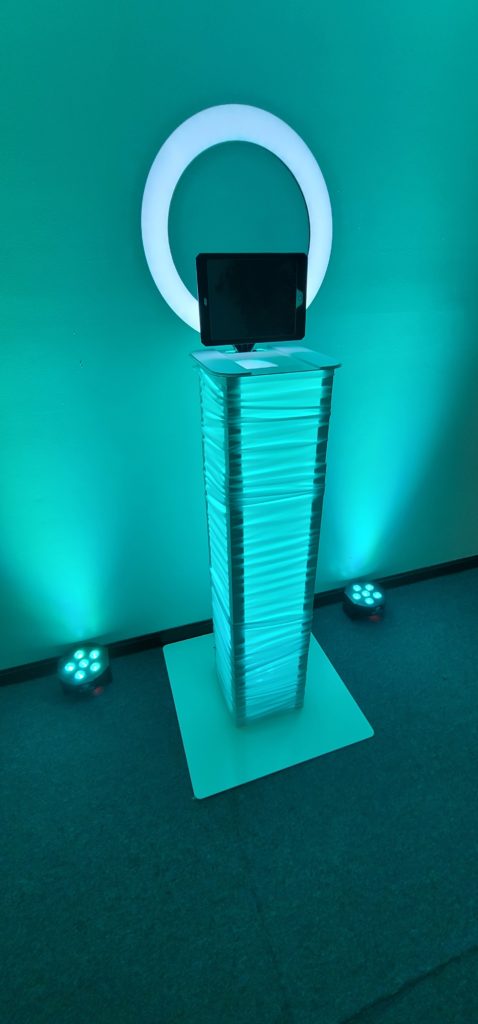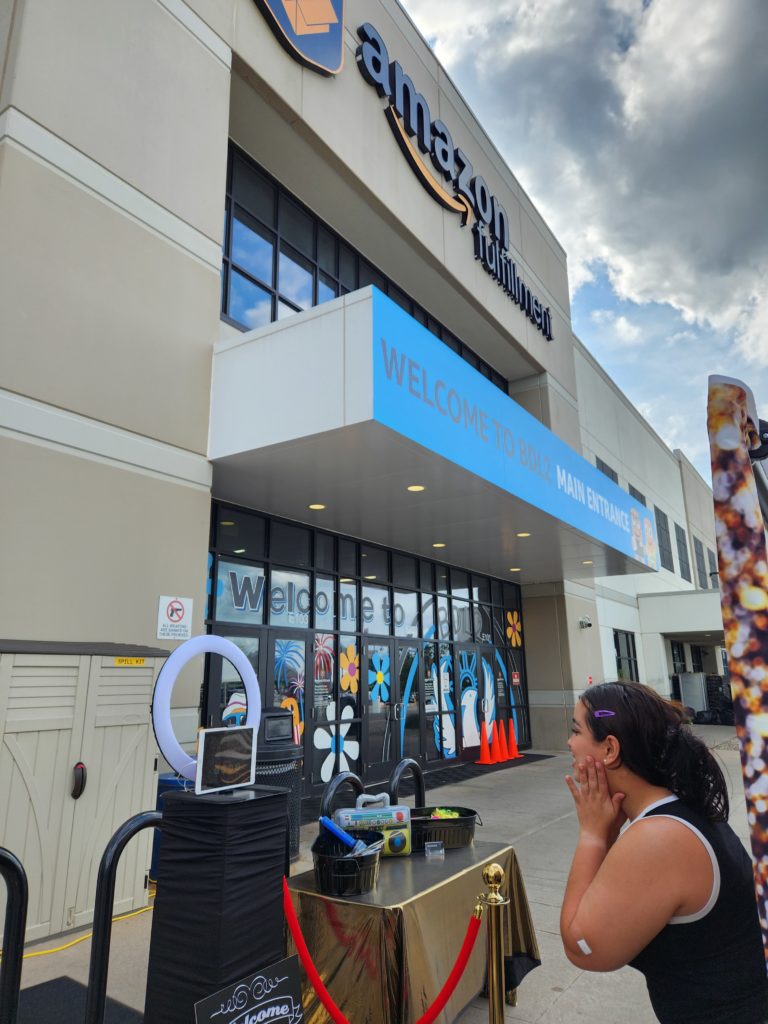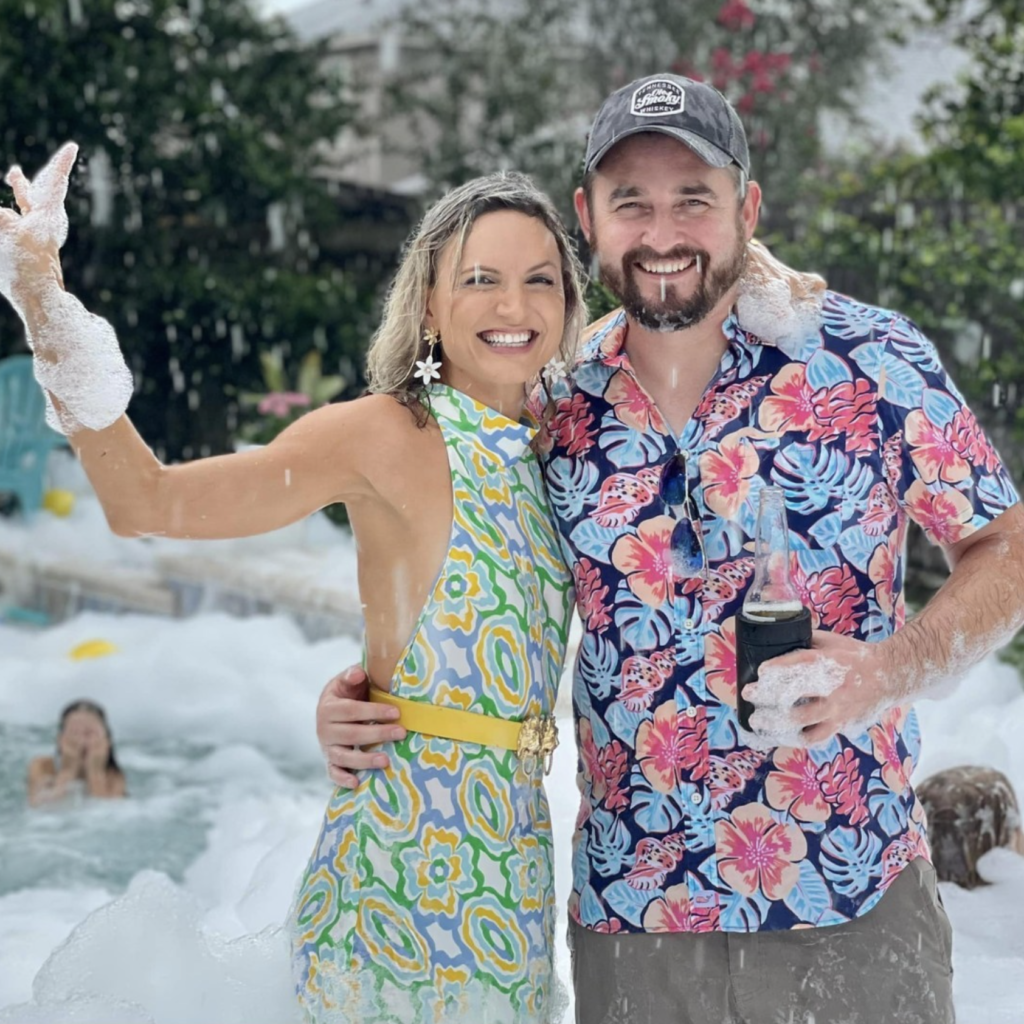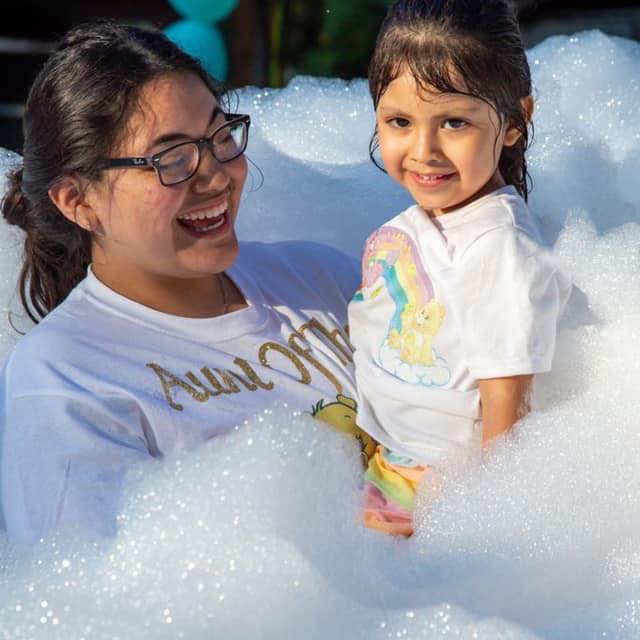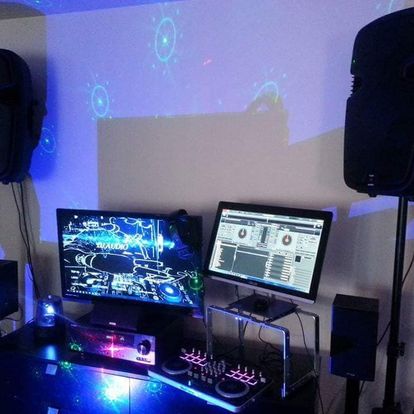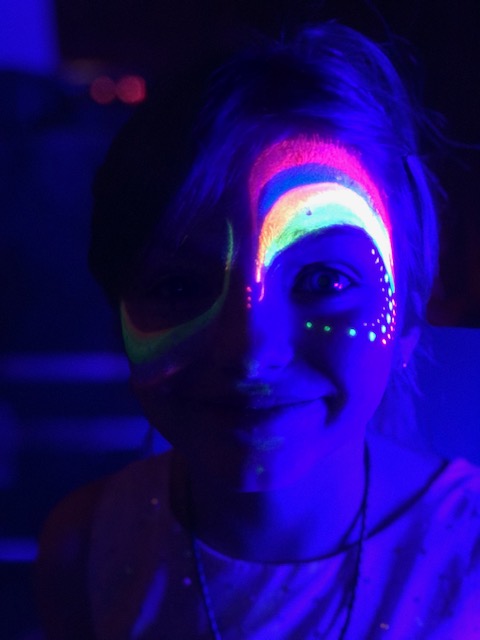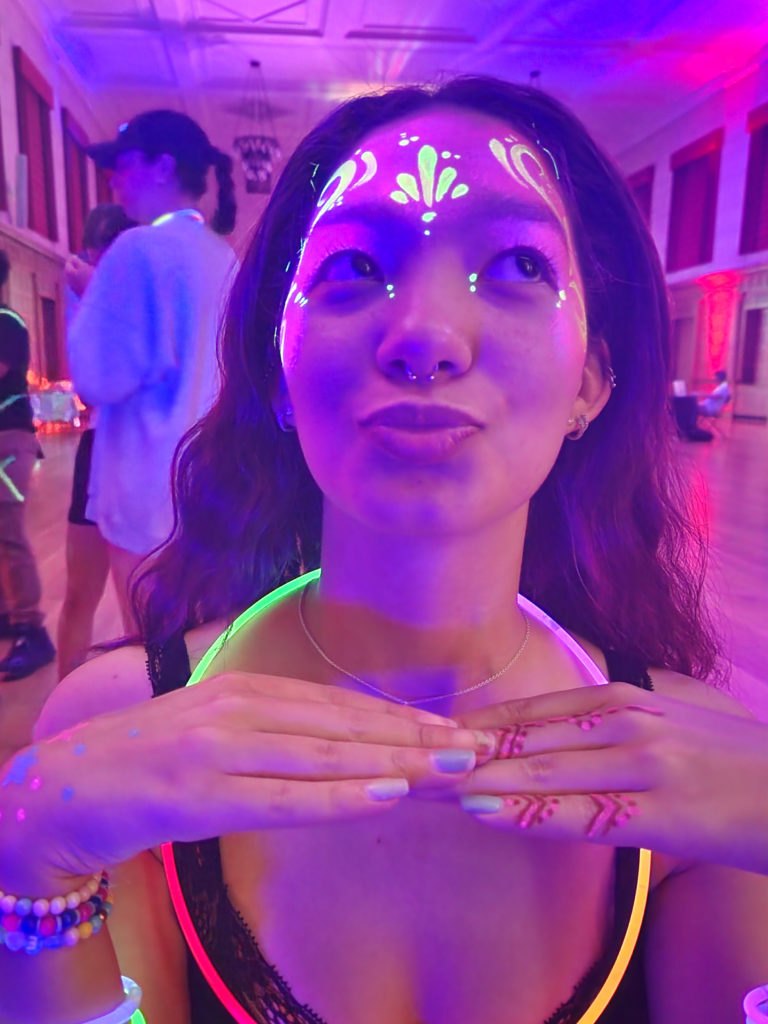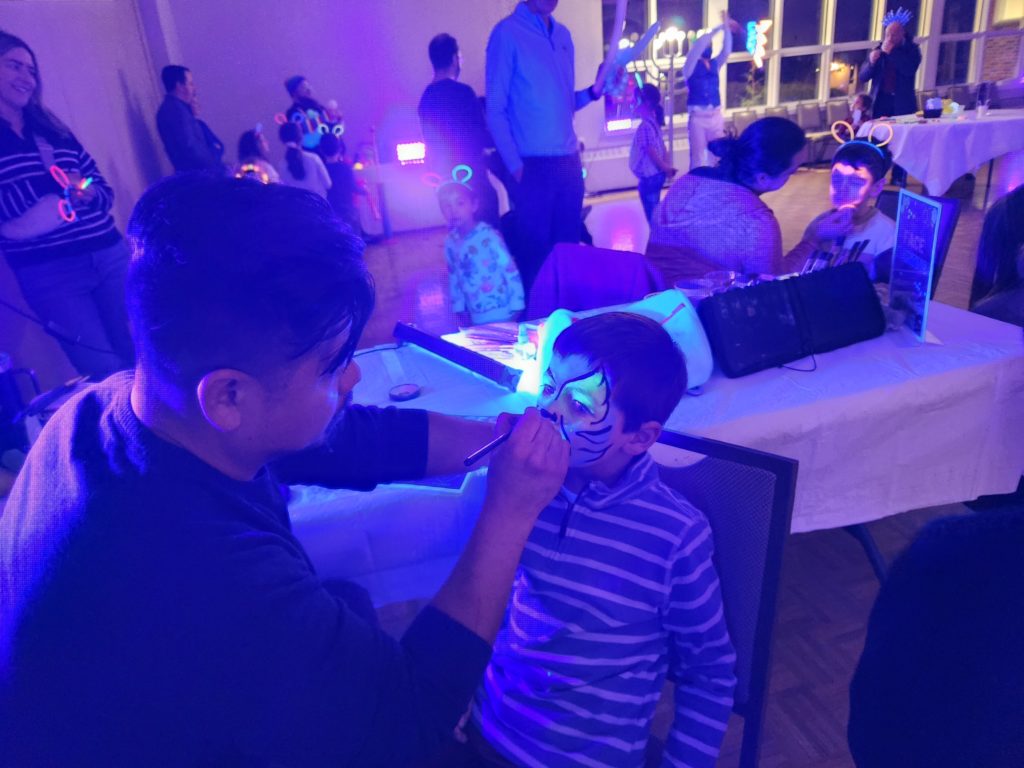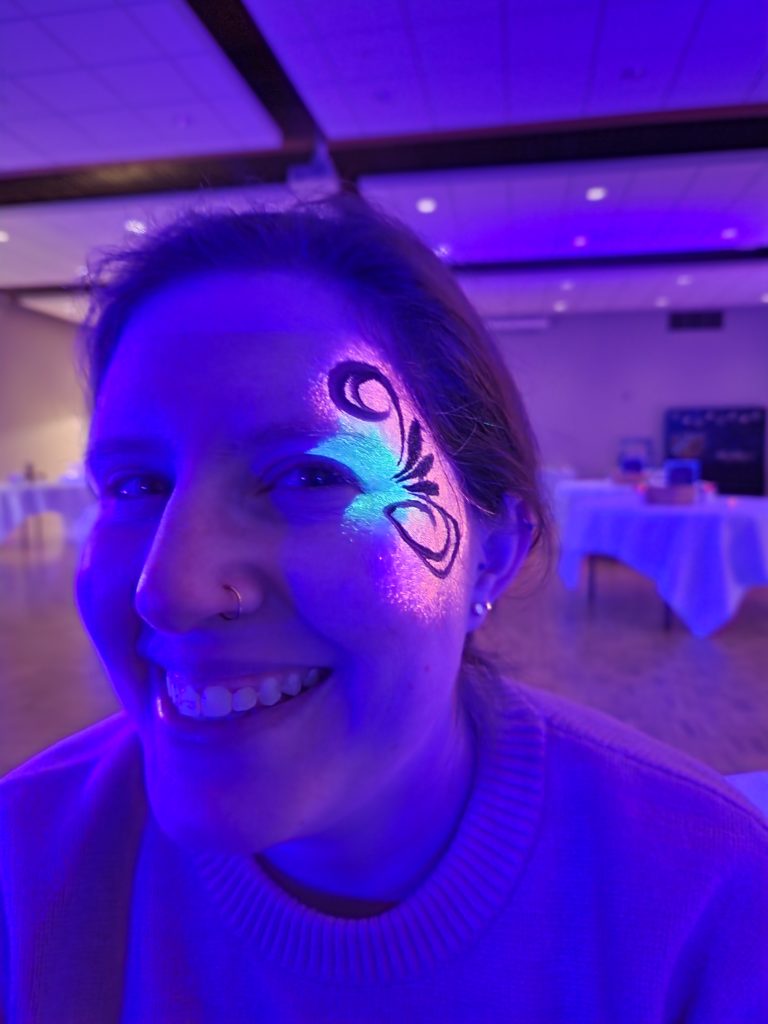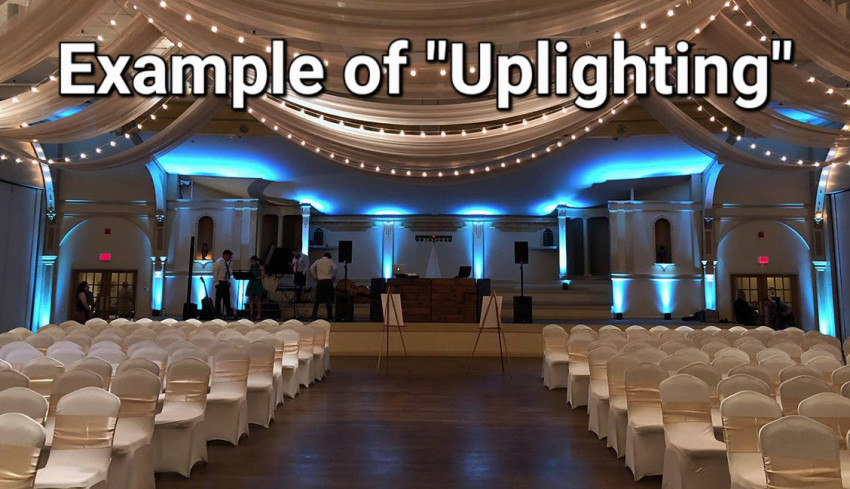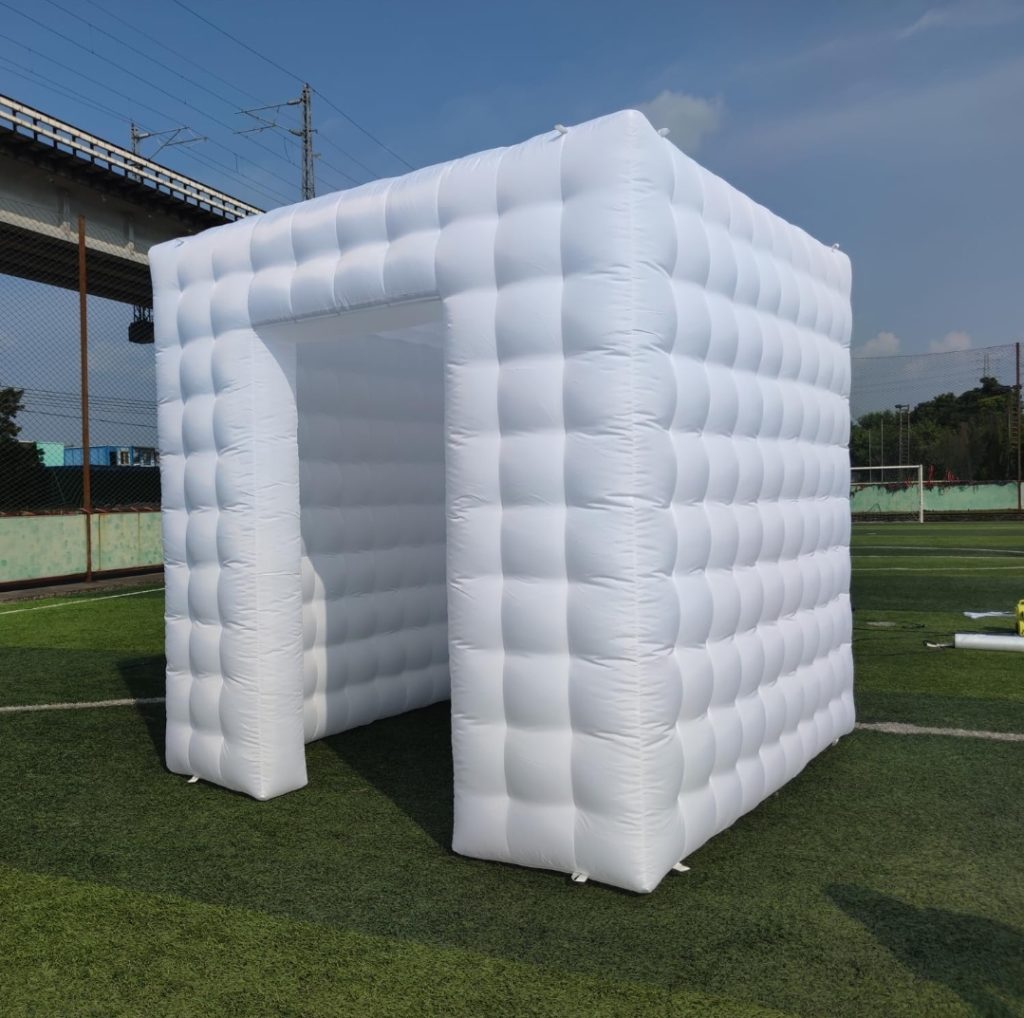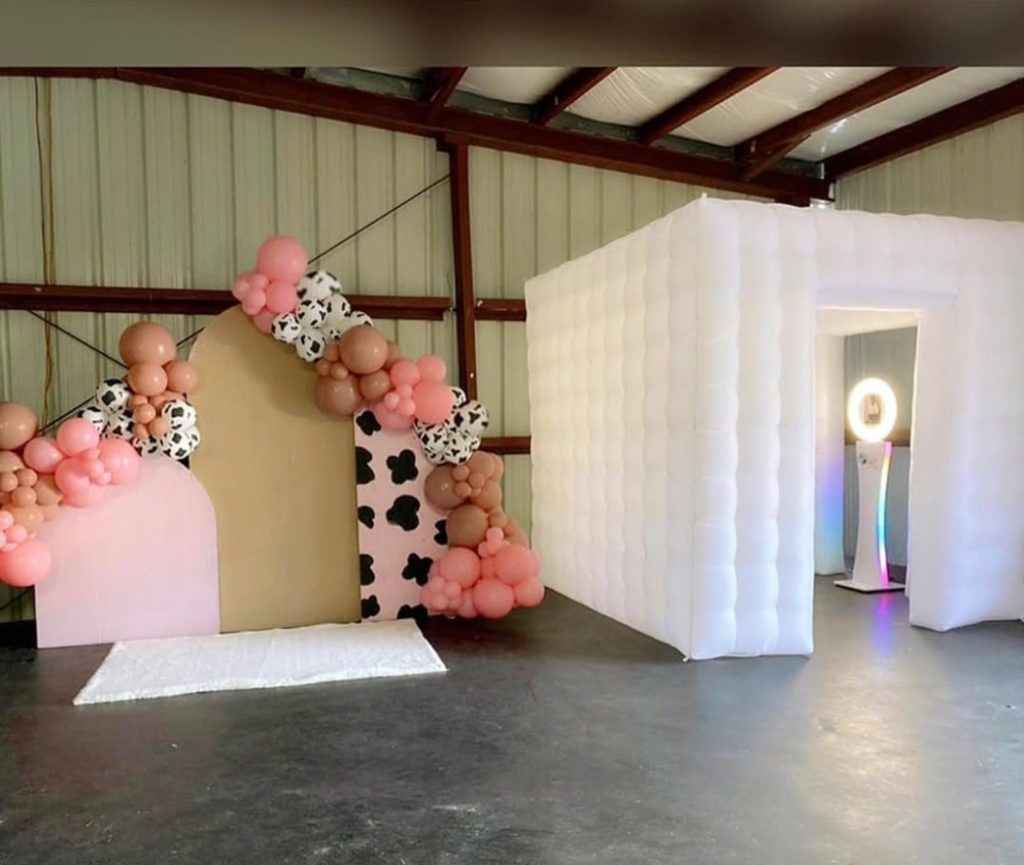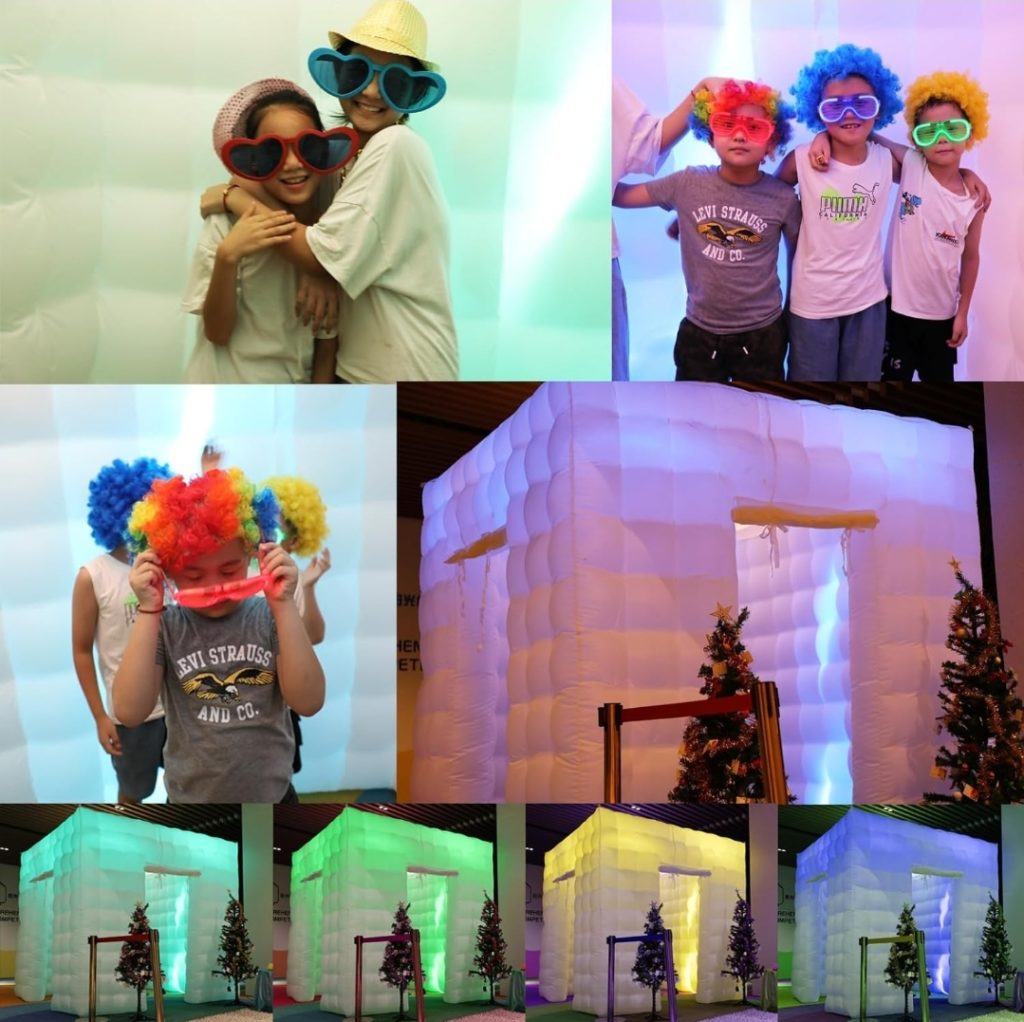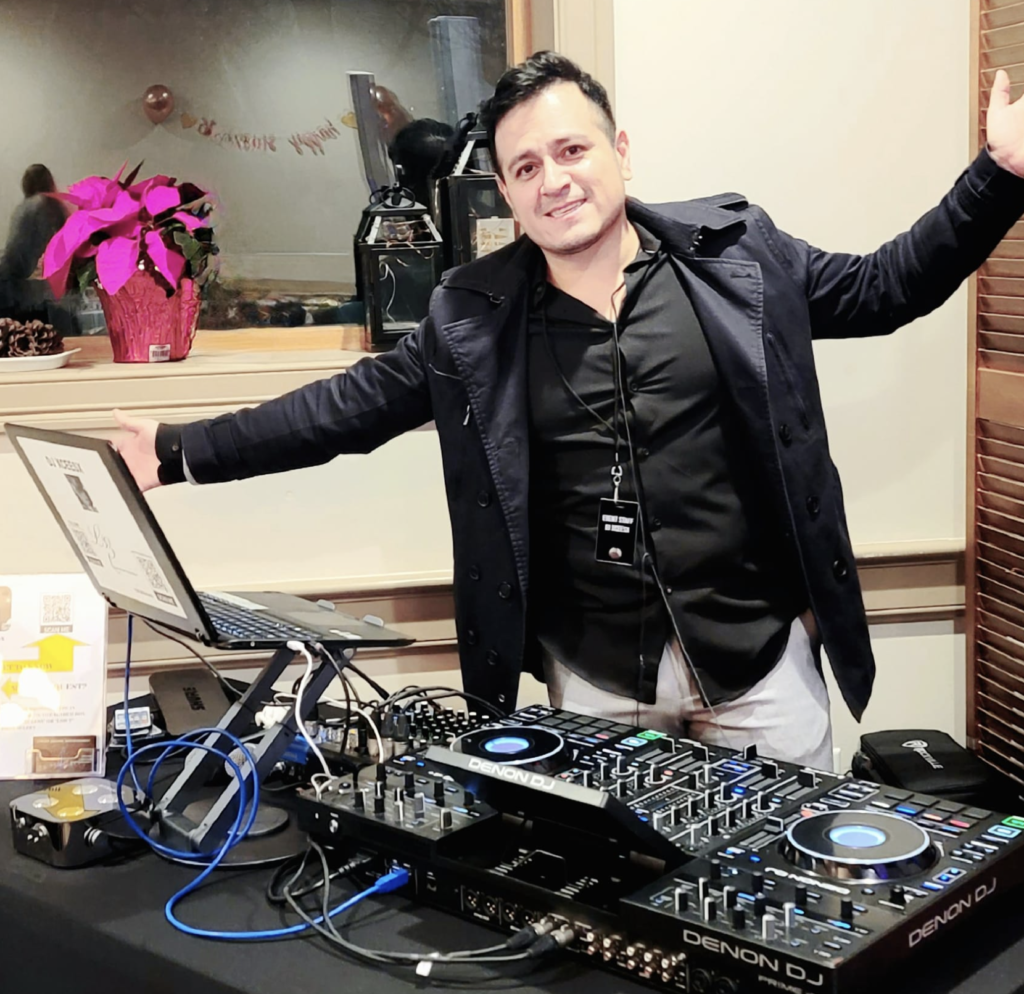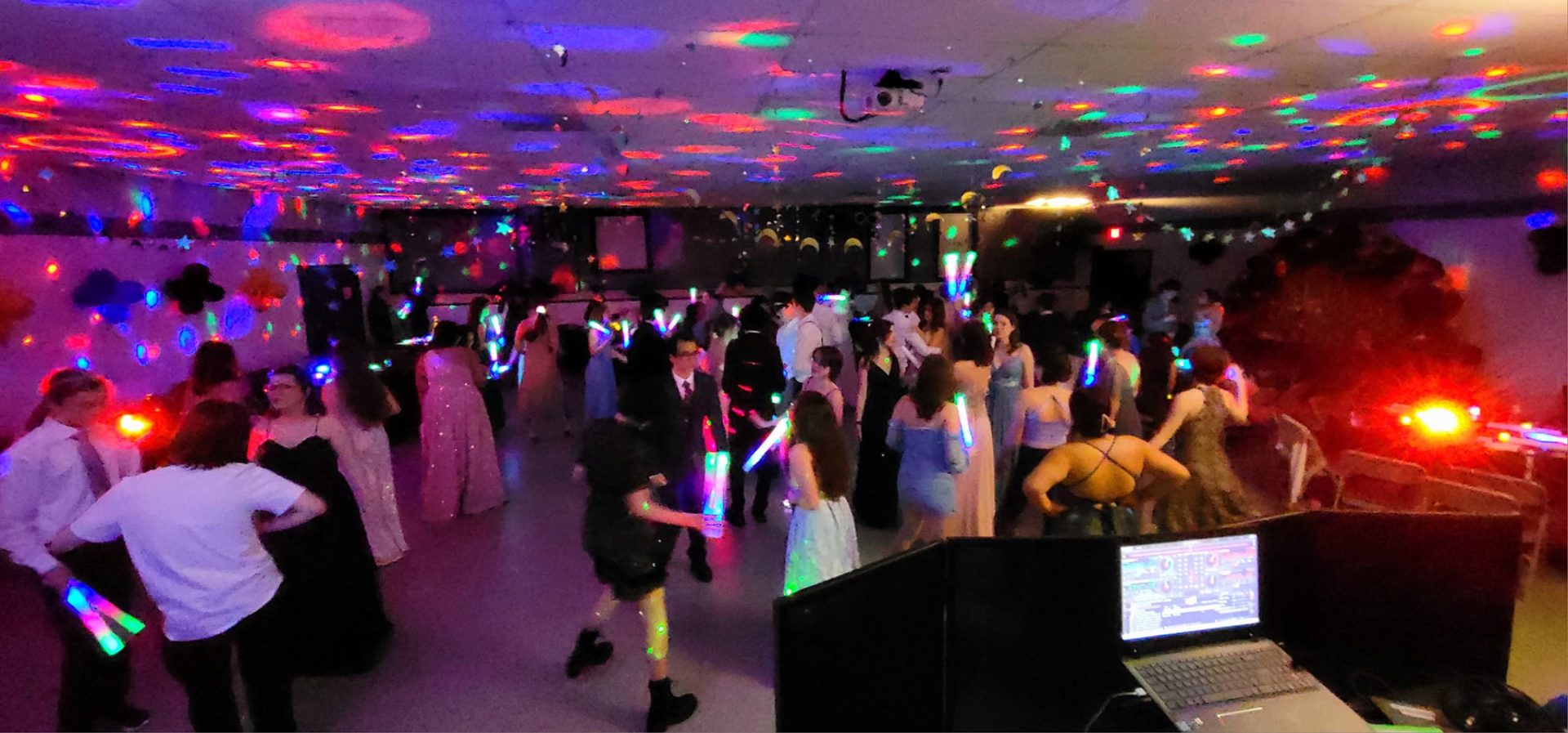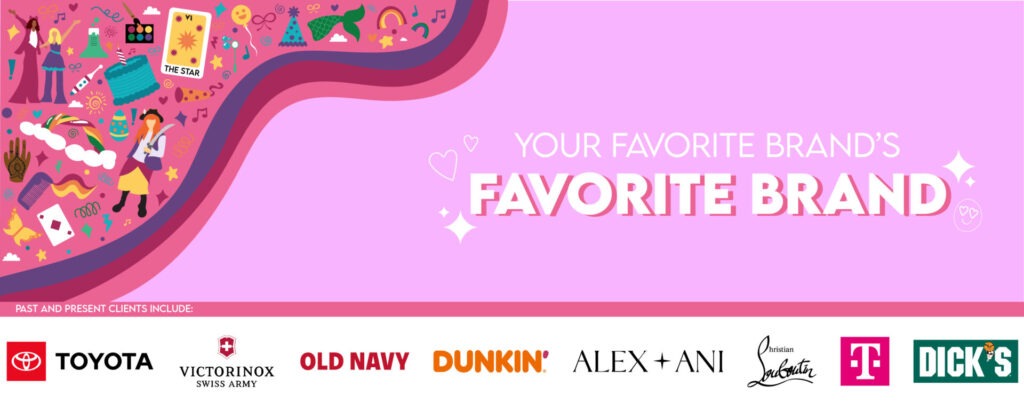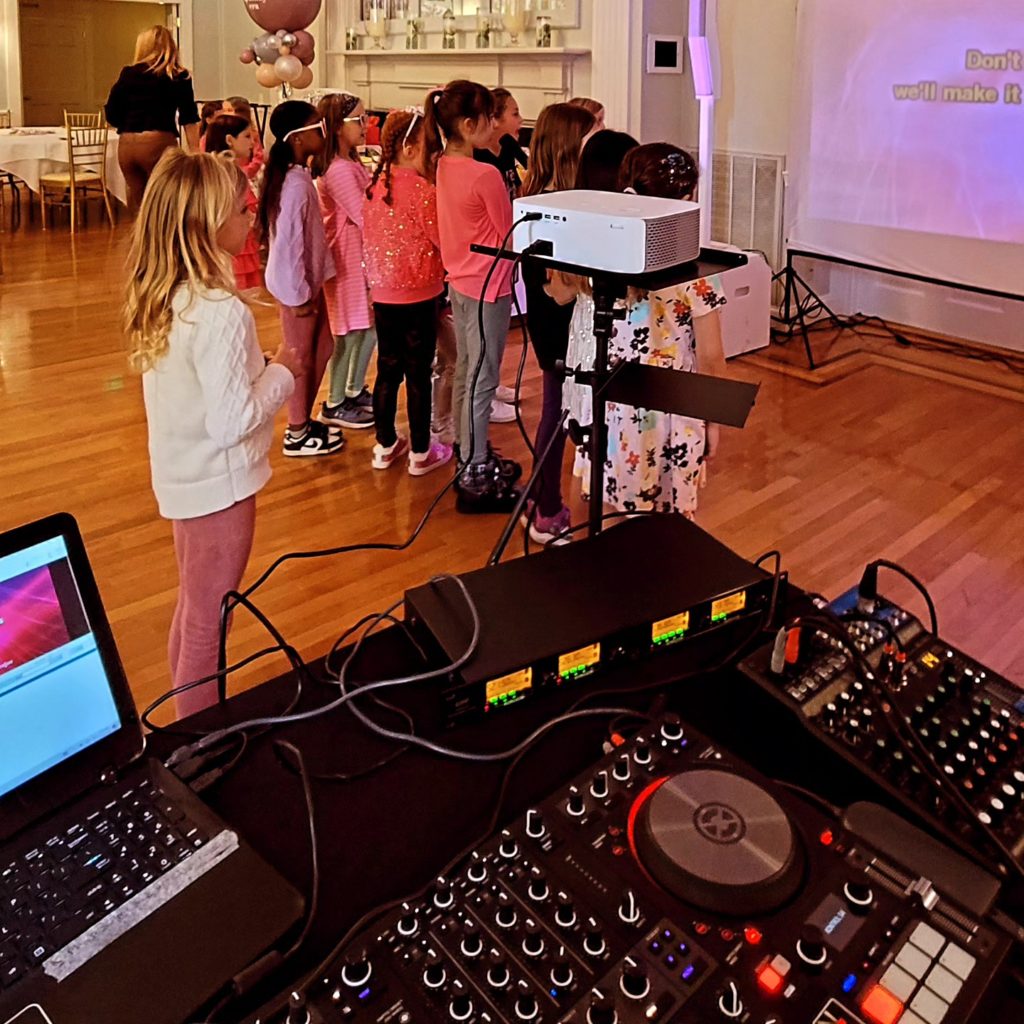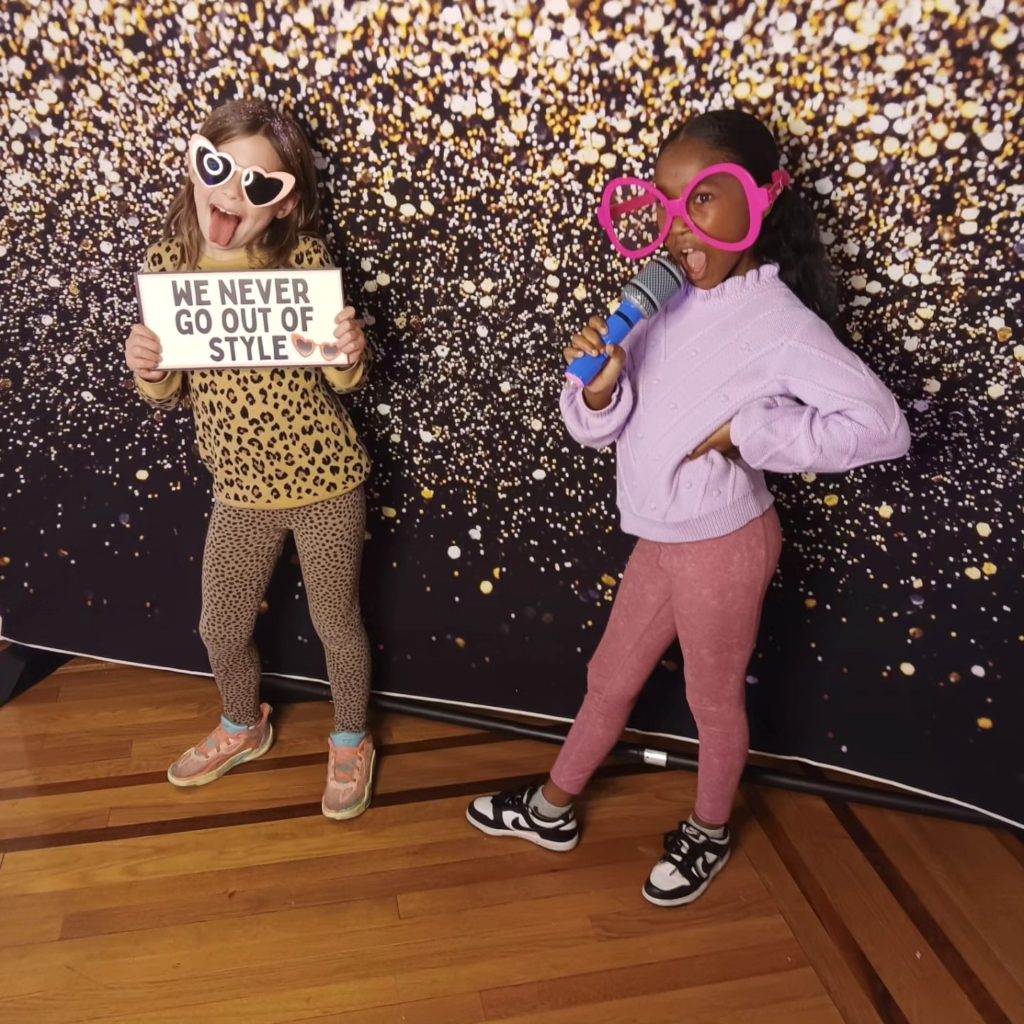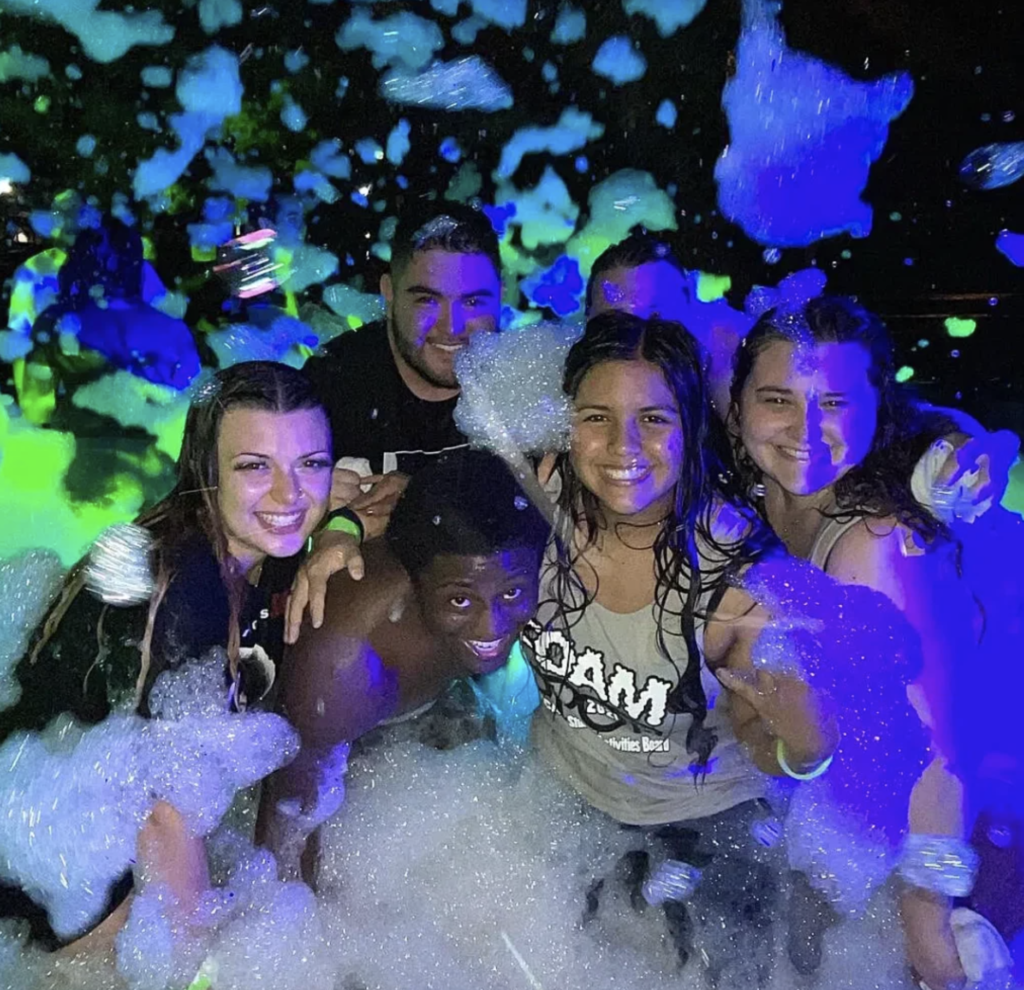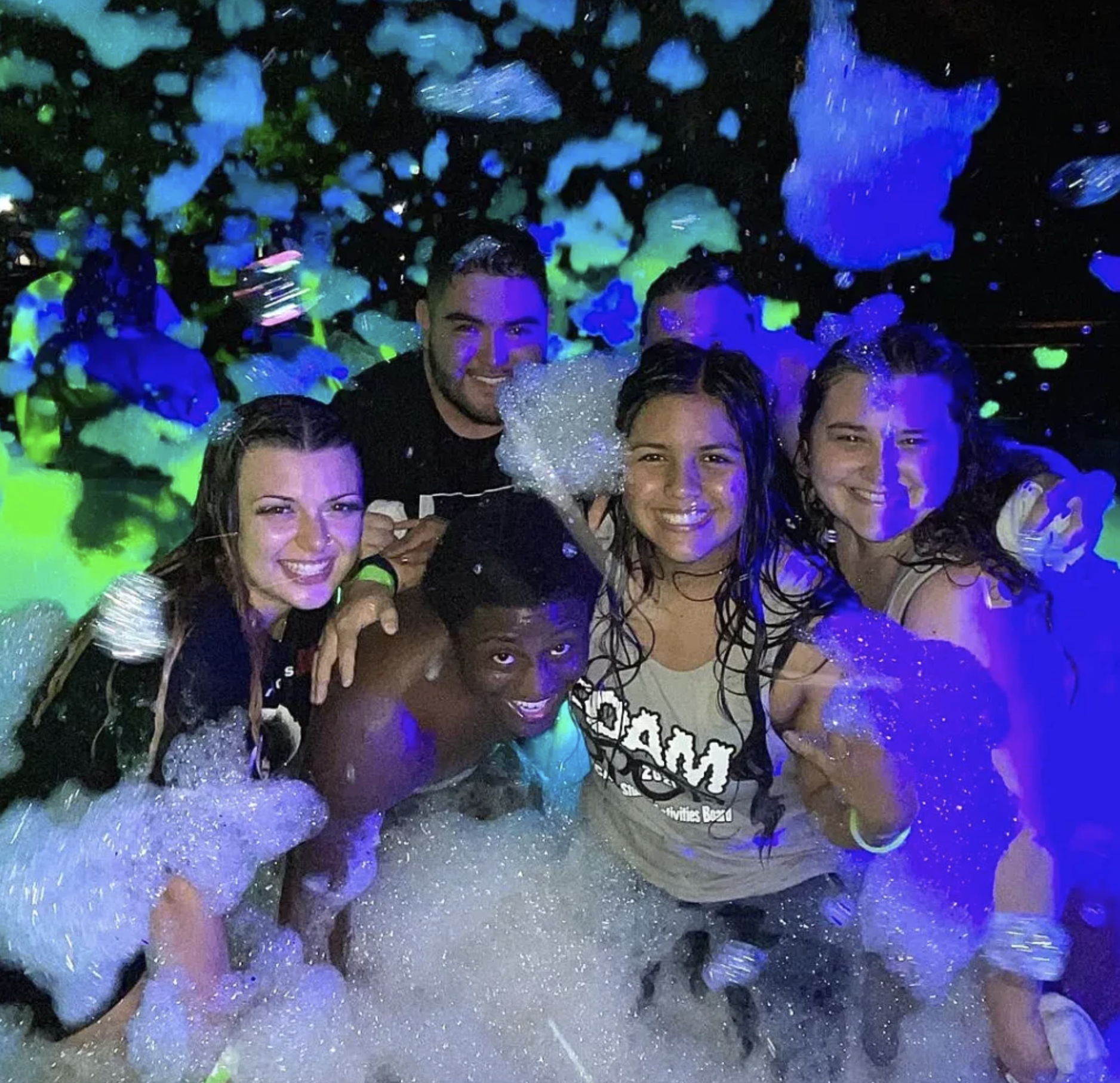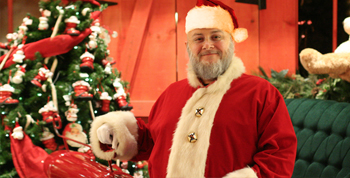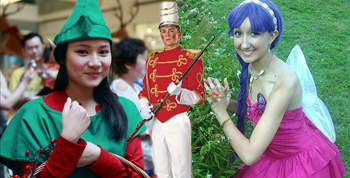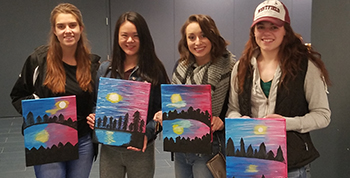Silly science shows are now booking in CT, MA, and RI for kids and families of all ages!
Kaleidoscope’s science show packages come in two parts: a show full of colorful experiments (with tons of jokes and clowning around) and a slime lab where kids get hands-on in their own creations.
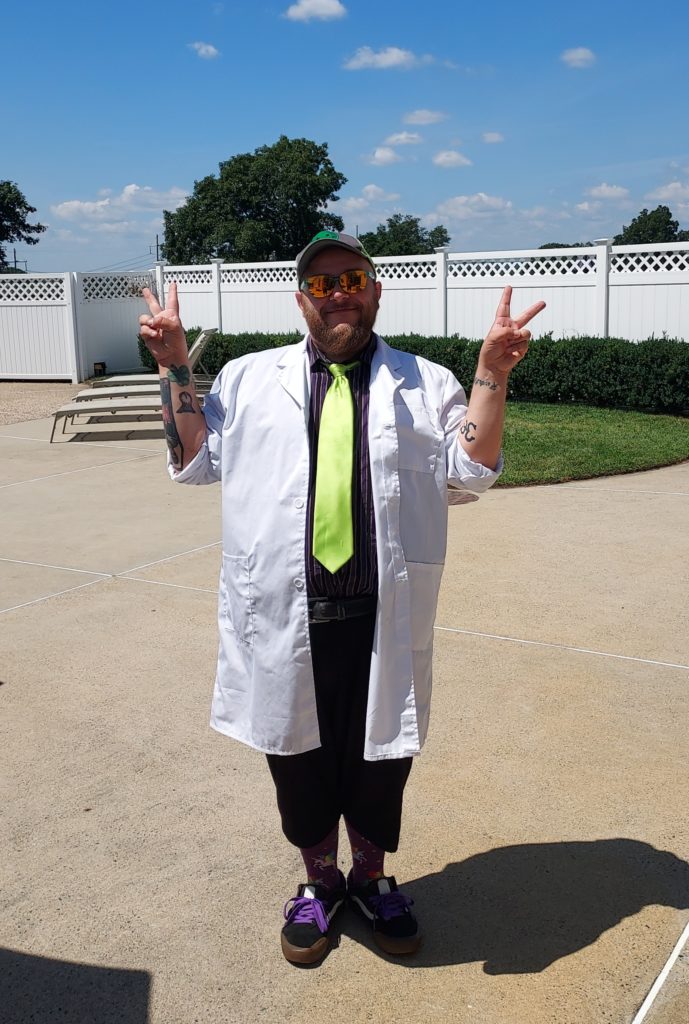
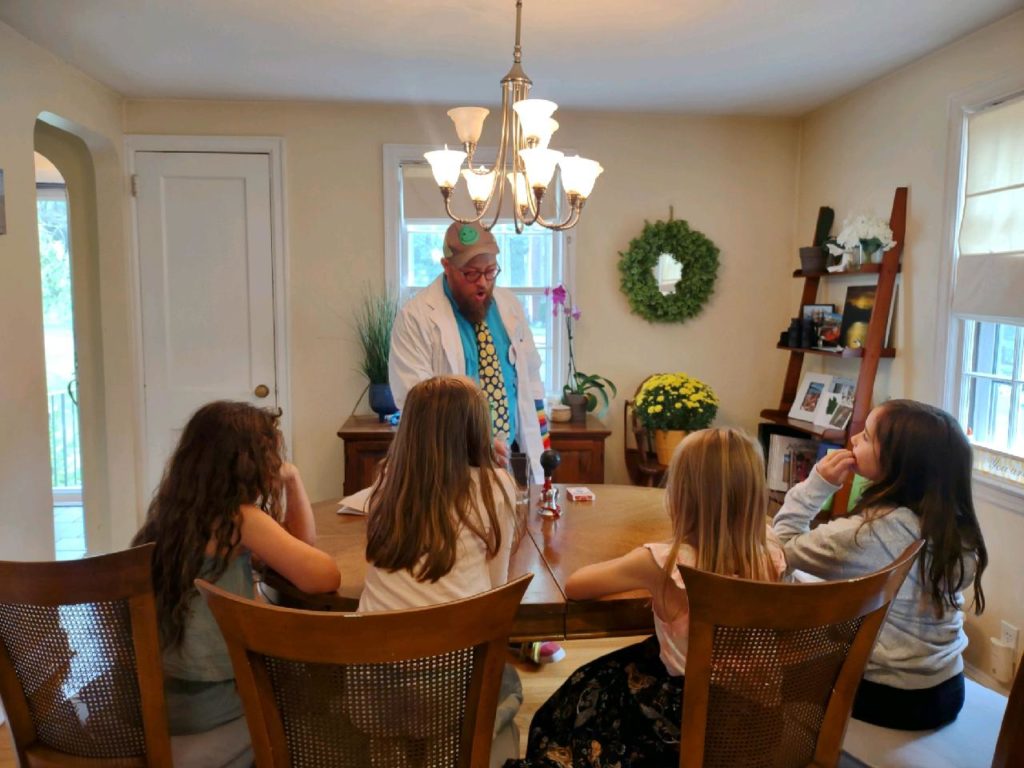
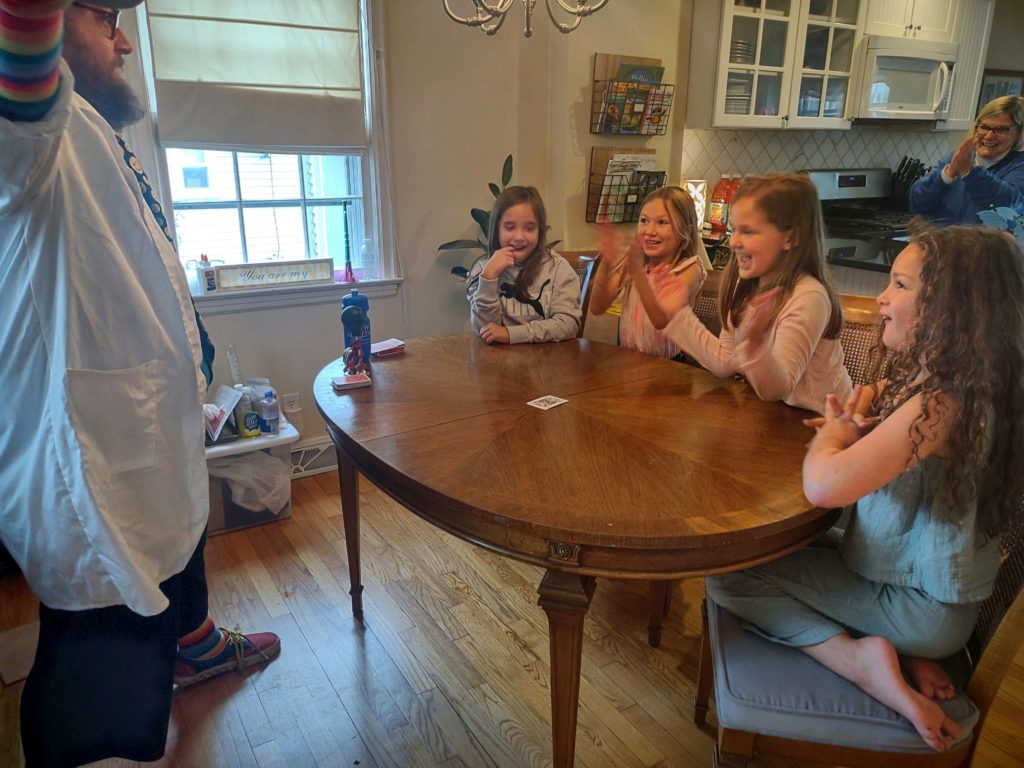
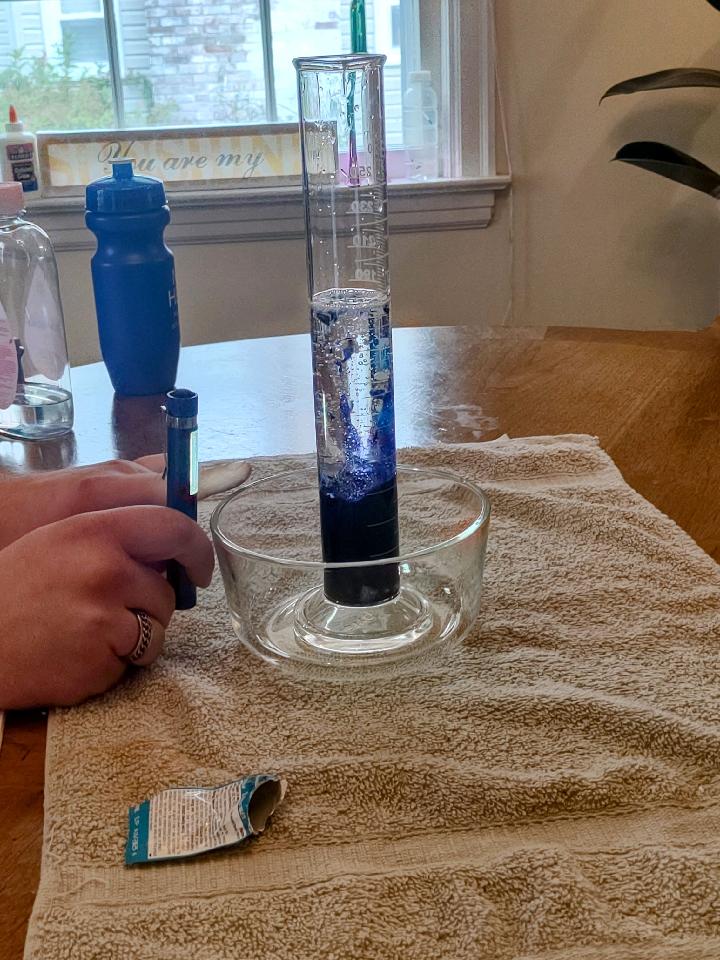
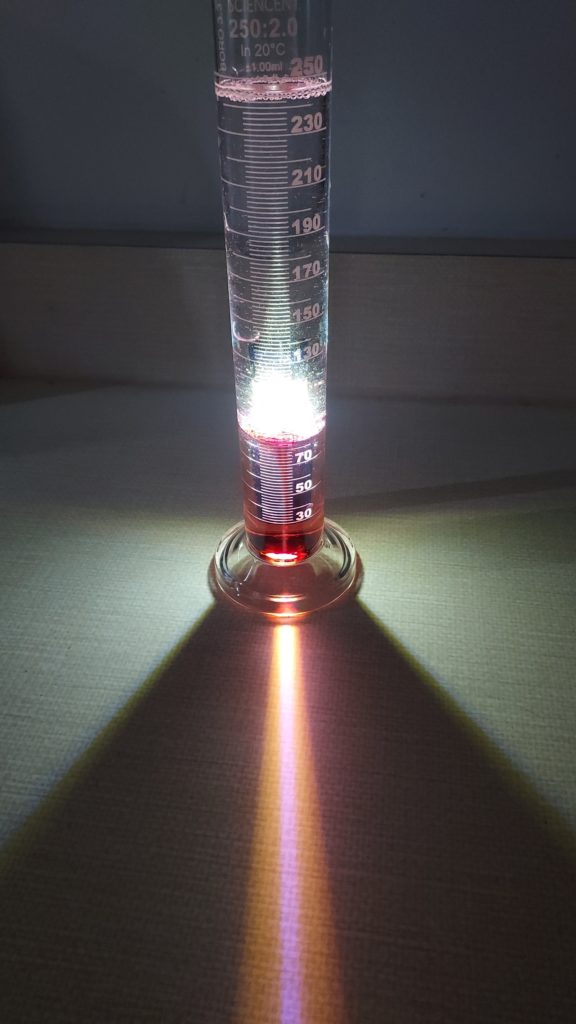
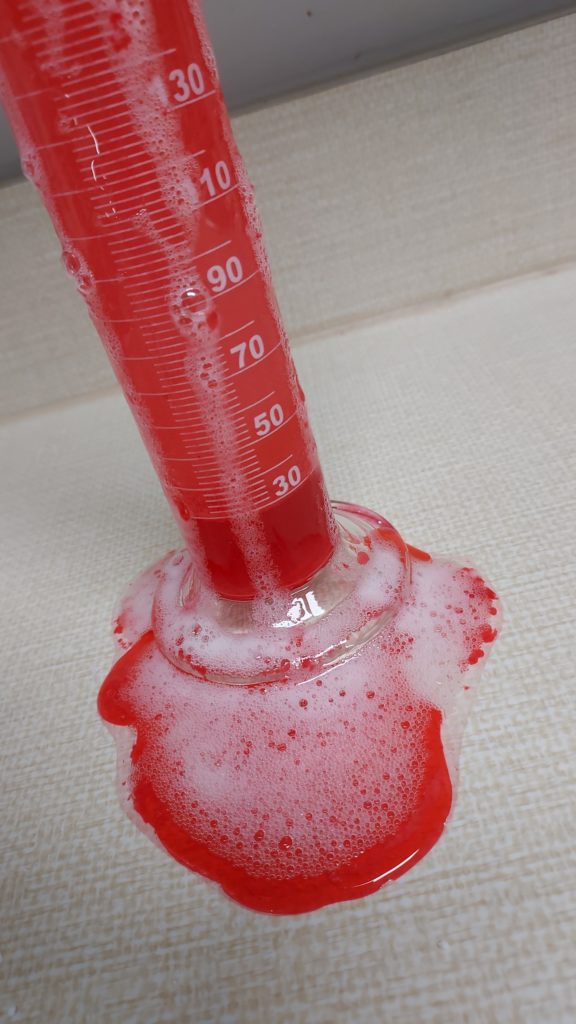
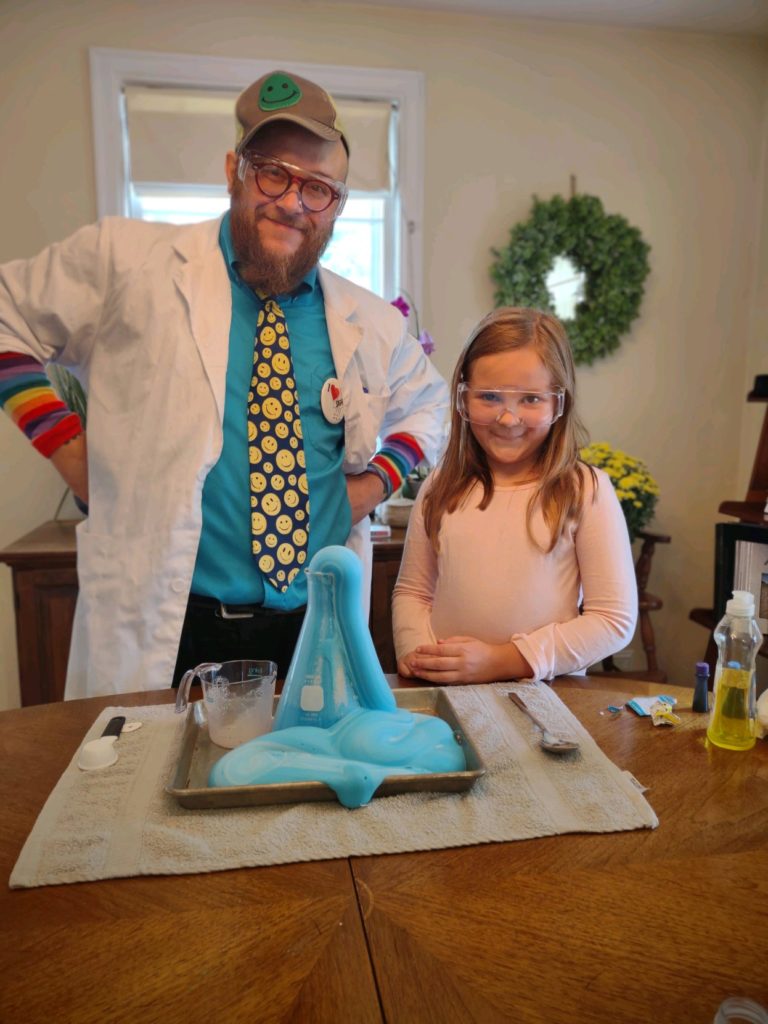
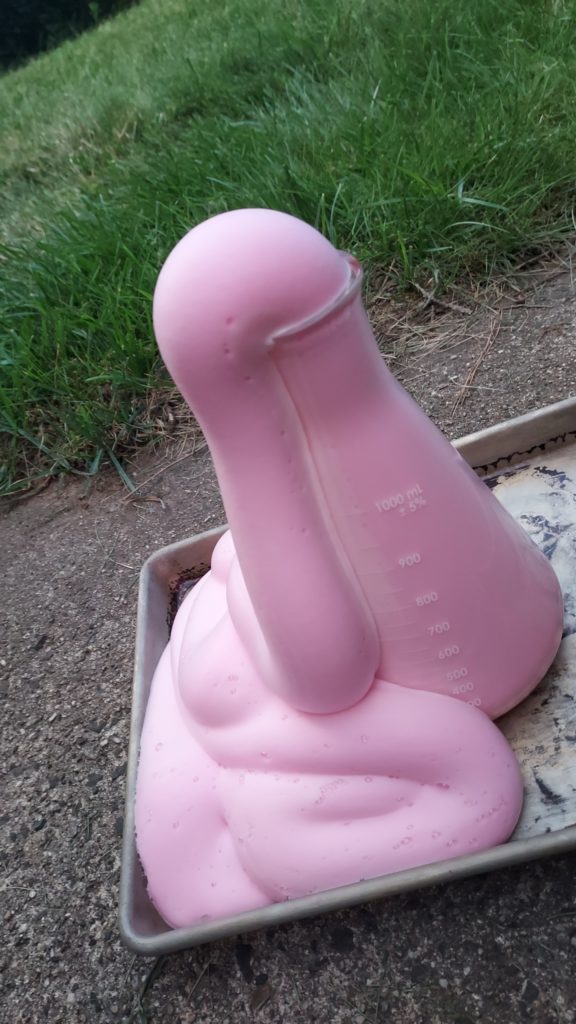
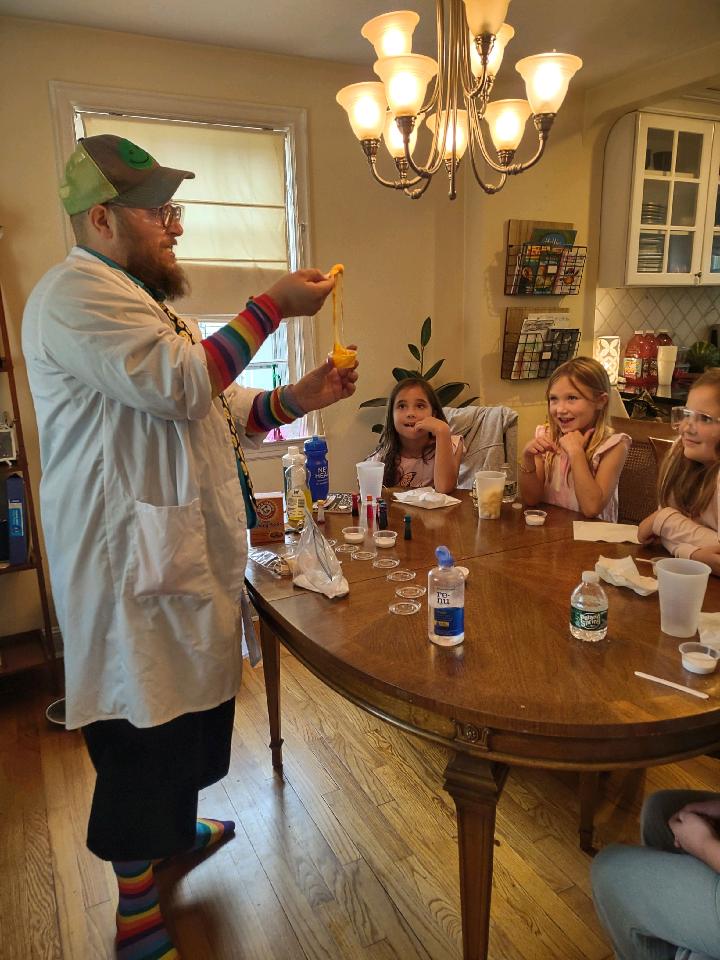
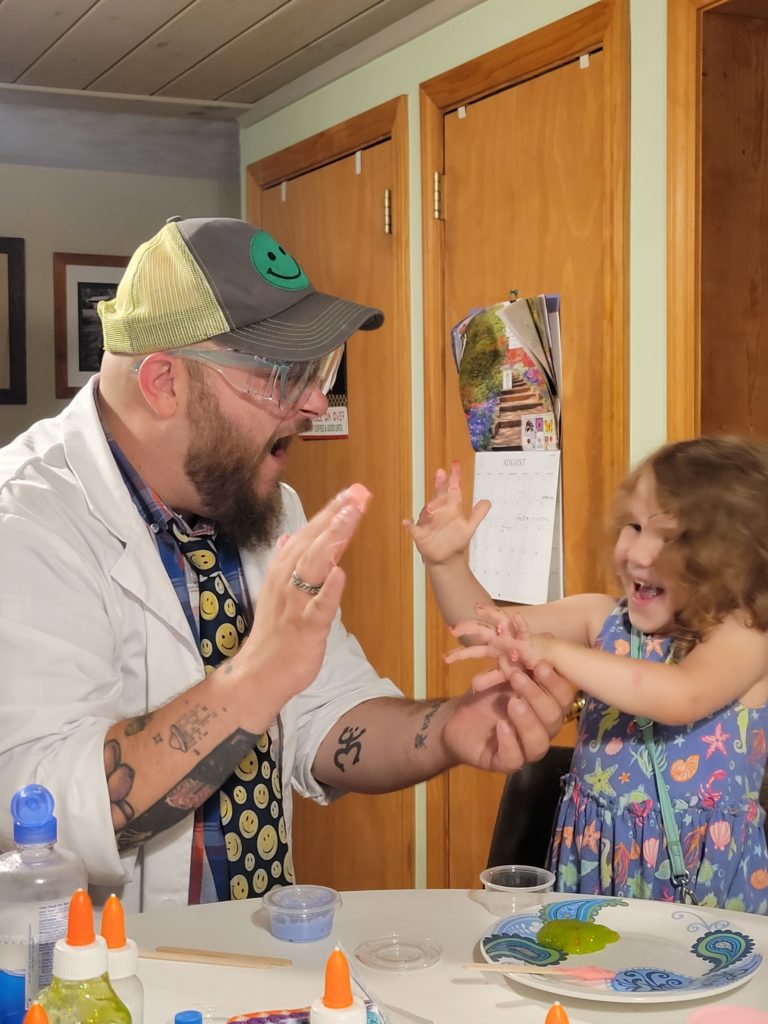
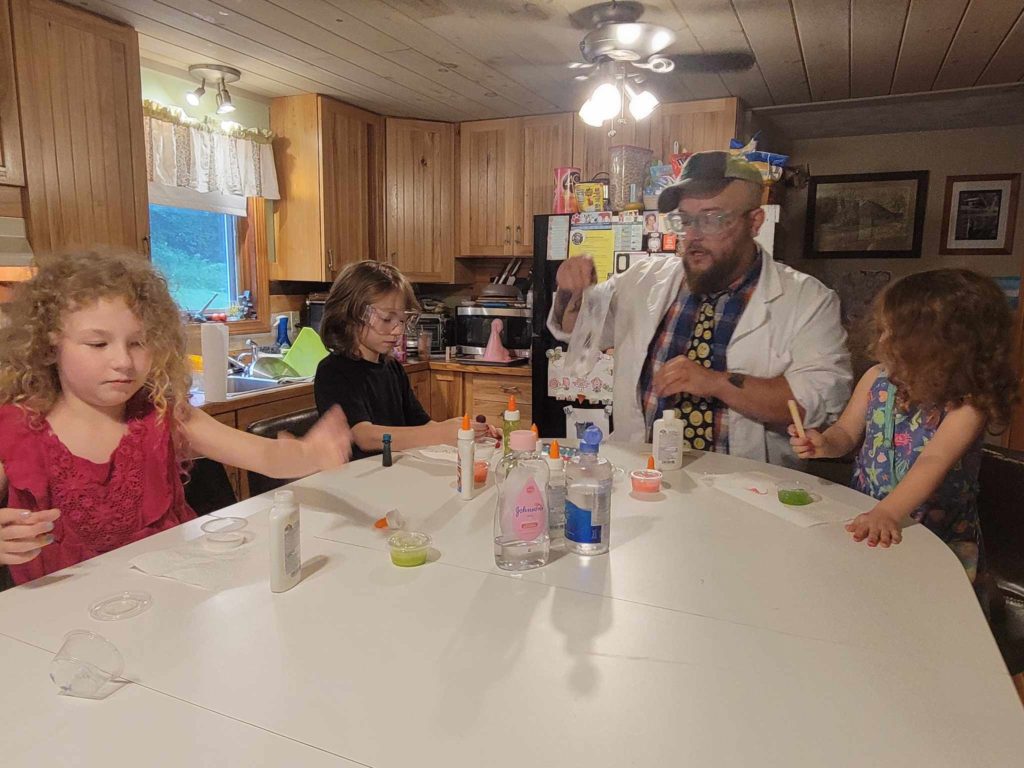
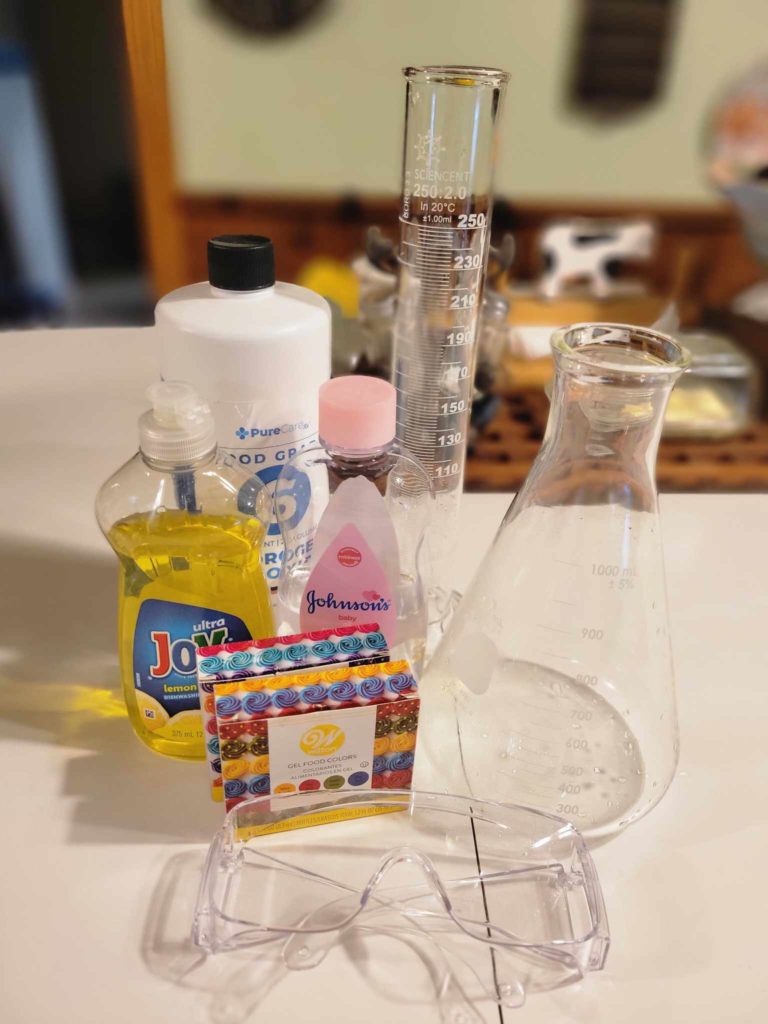
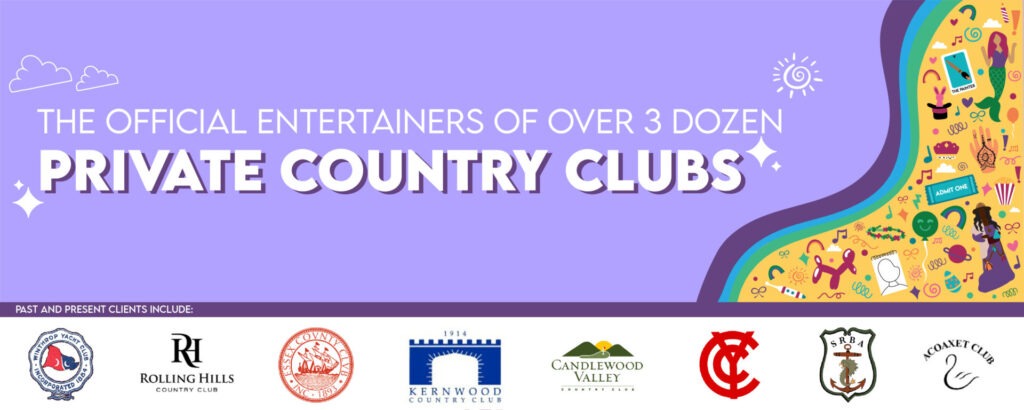
Kaleidoscope’s Silly Science Show
Our Silly Science Show was first conceptualized by Olivia and Kenny, two professional entertainers and educators with combined decades of experience in both.
The goal of the show is not only to entertain ages 4-14, but to get kids curious and encourage them to ask questions.
Every “experiment” featured in our science show is bright, colorful, and safe for all ages so it’s not only built on real principles of chemistry or physics, but is pure eye candy for the audience.
The science show can be enjoyed by all ages, and can be performed for groups any size from small birthday parties to larger professional events. (For best viewing, suggest an audience no larger than 50 kids and adults. However, if you’re booking for a long and large event, the science show can be performed in waves throughout the day so guests can have multiple opportunities to view it up close.)
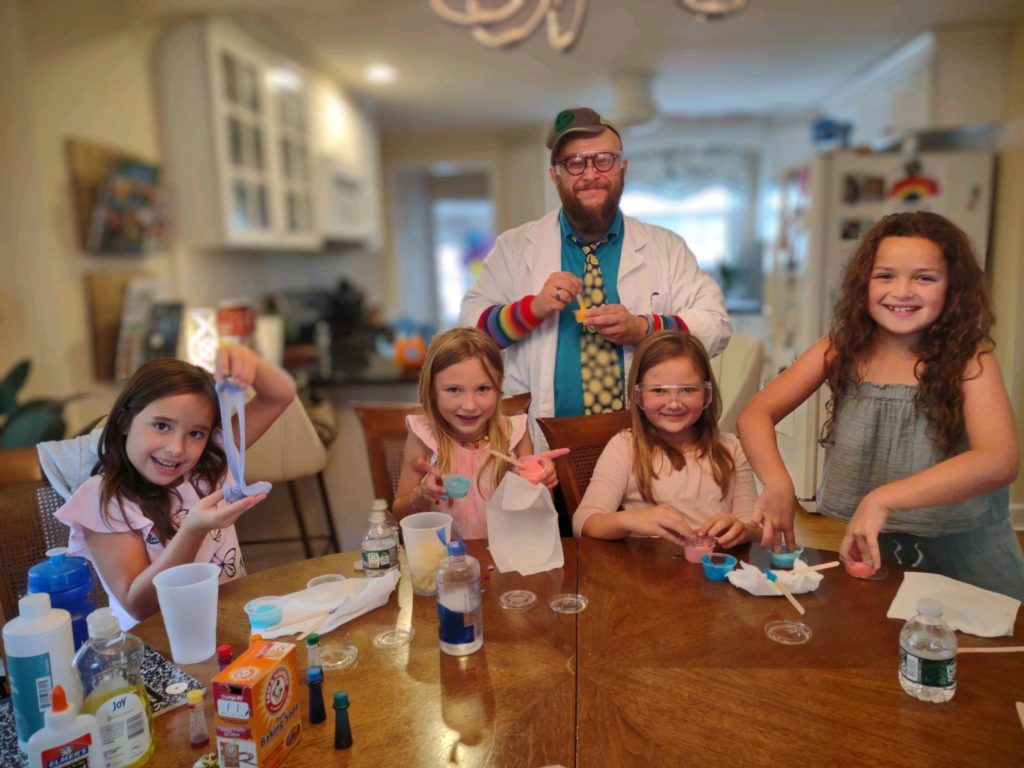
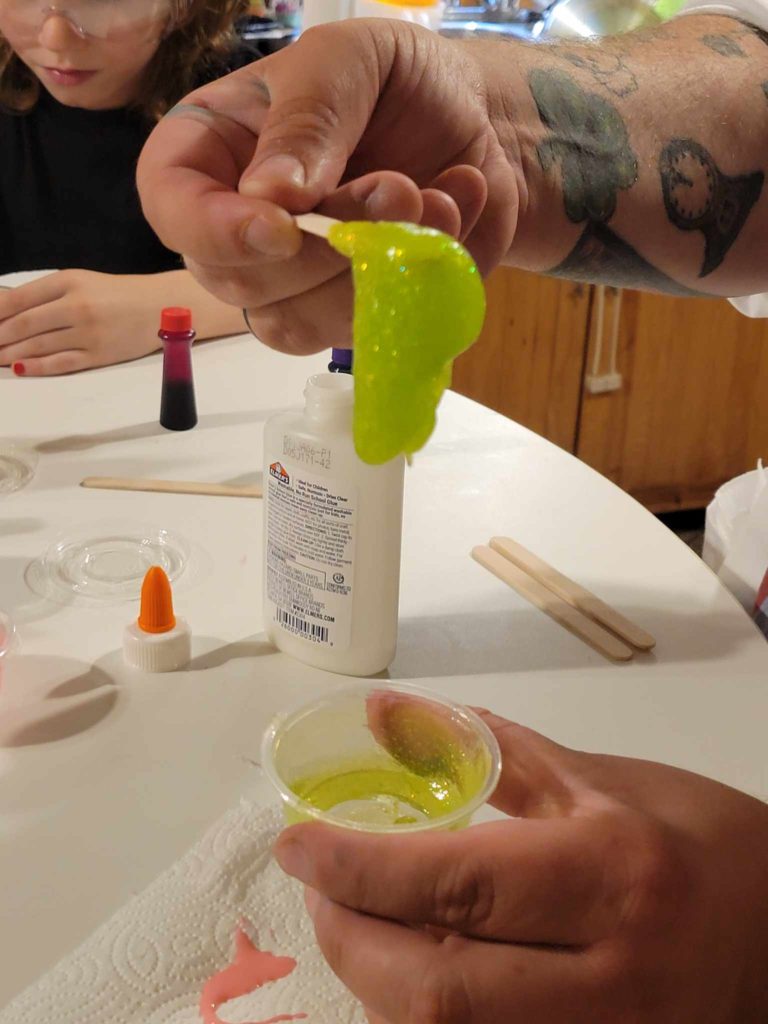
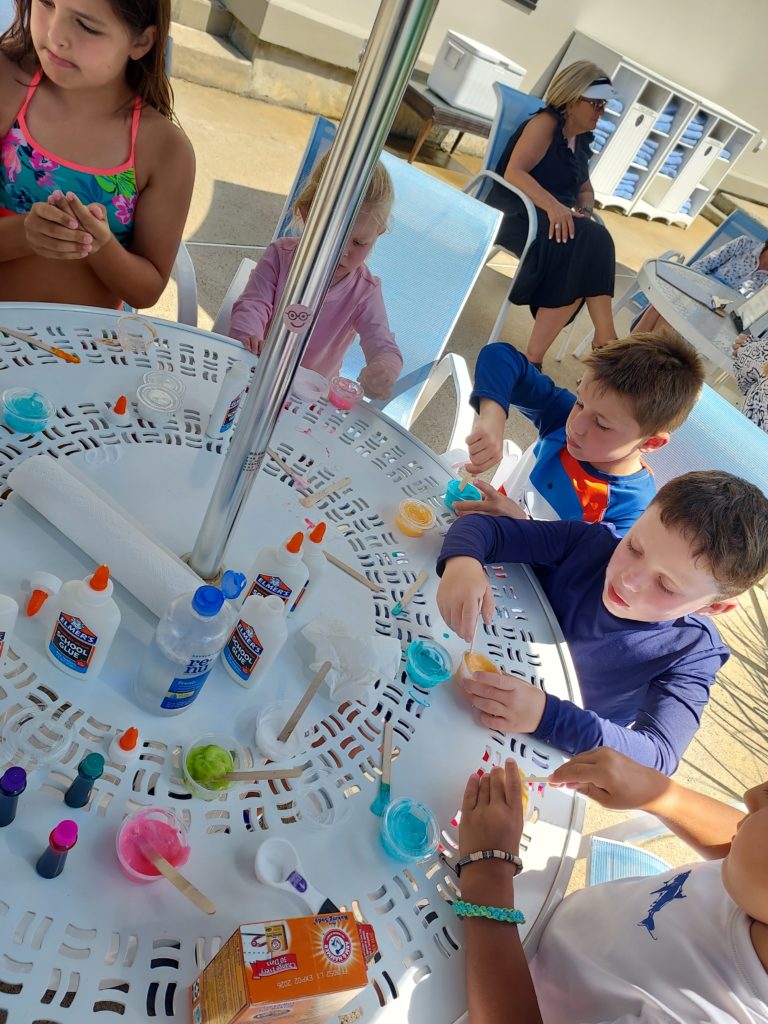
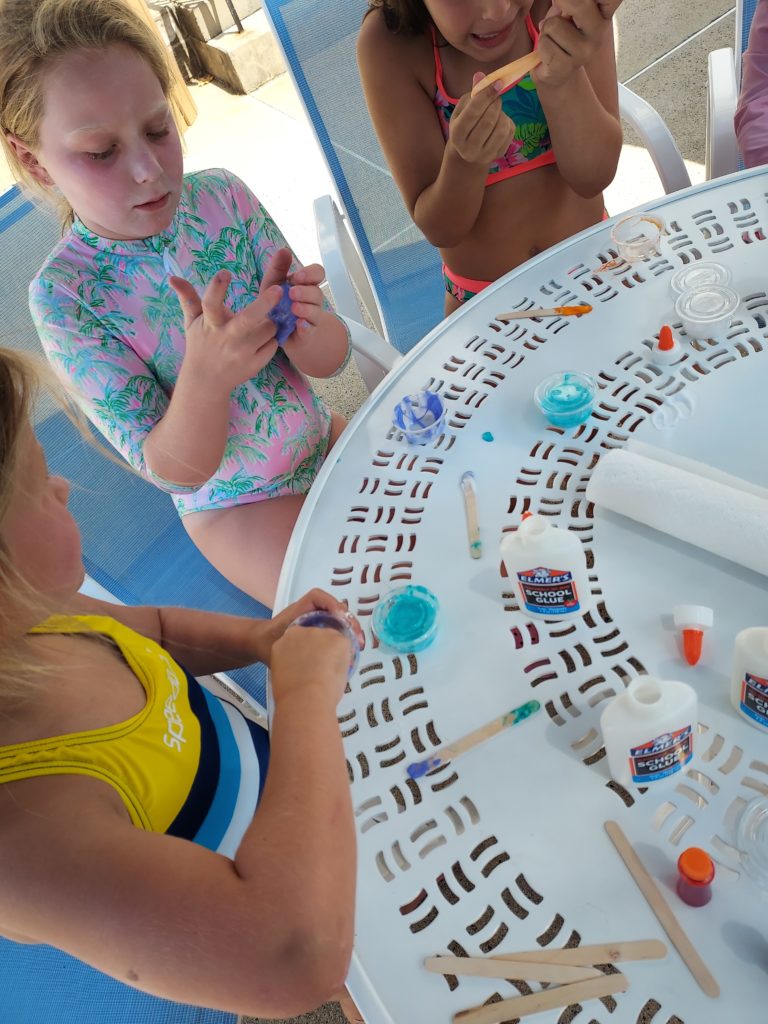
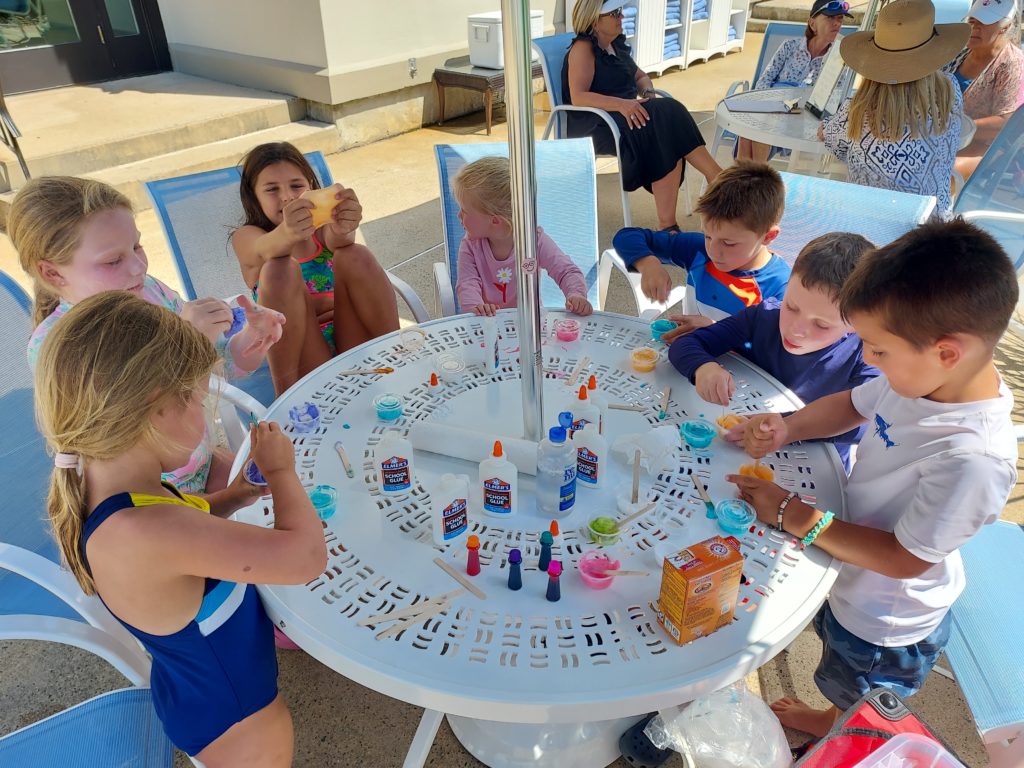
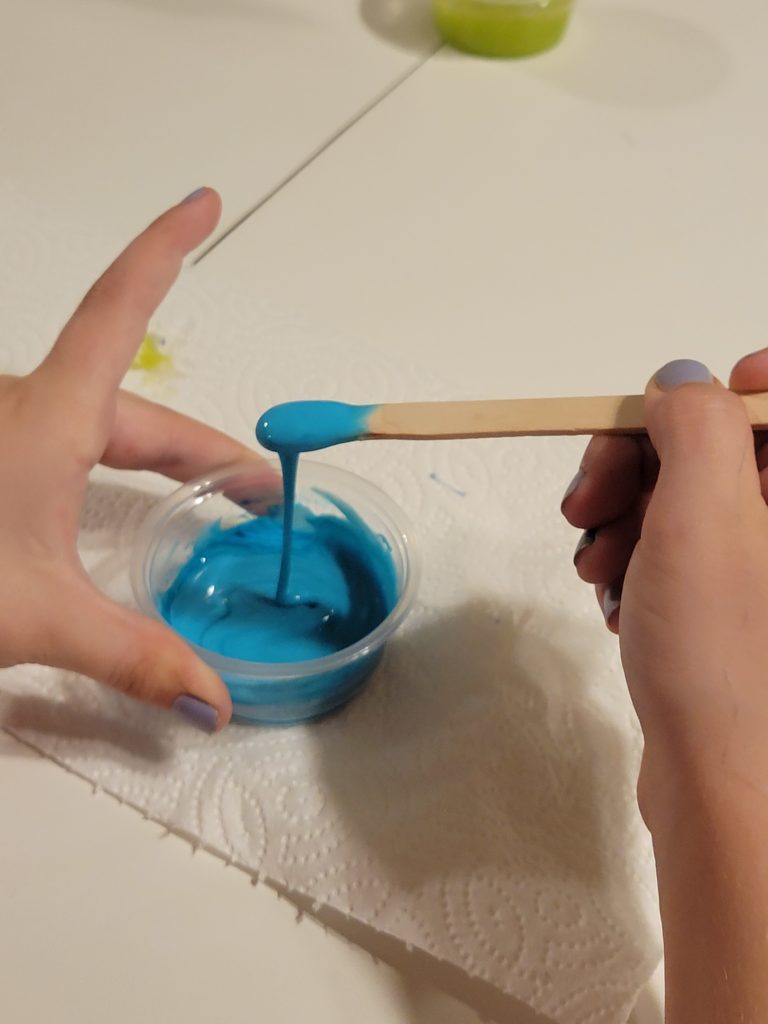

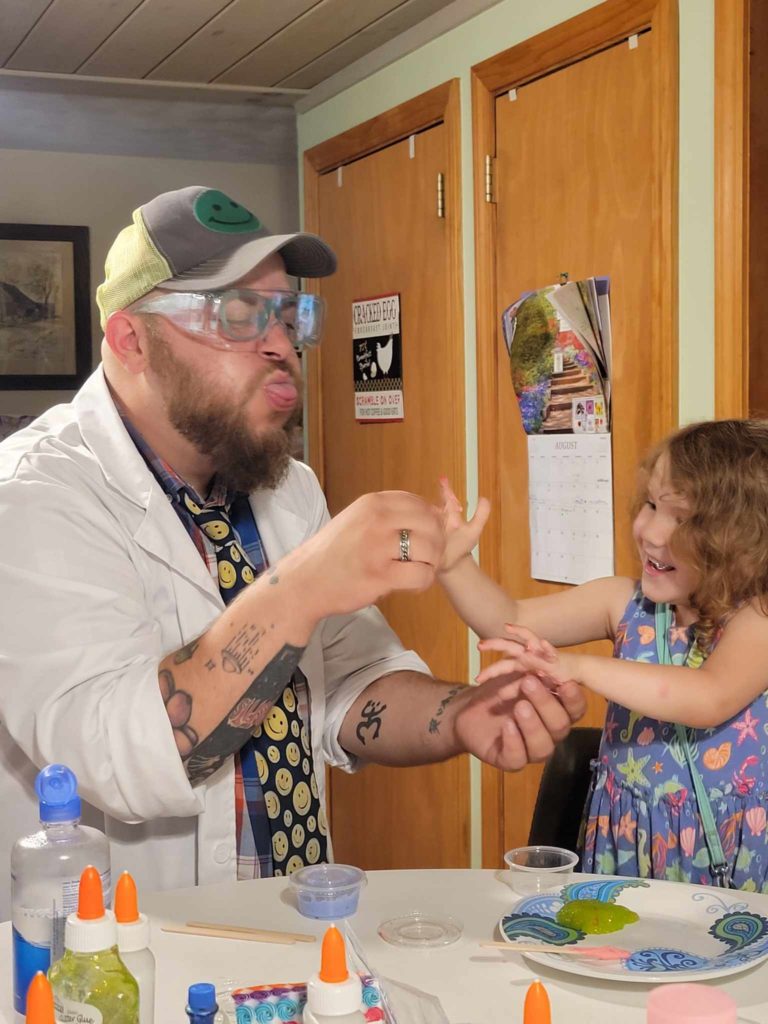
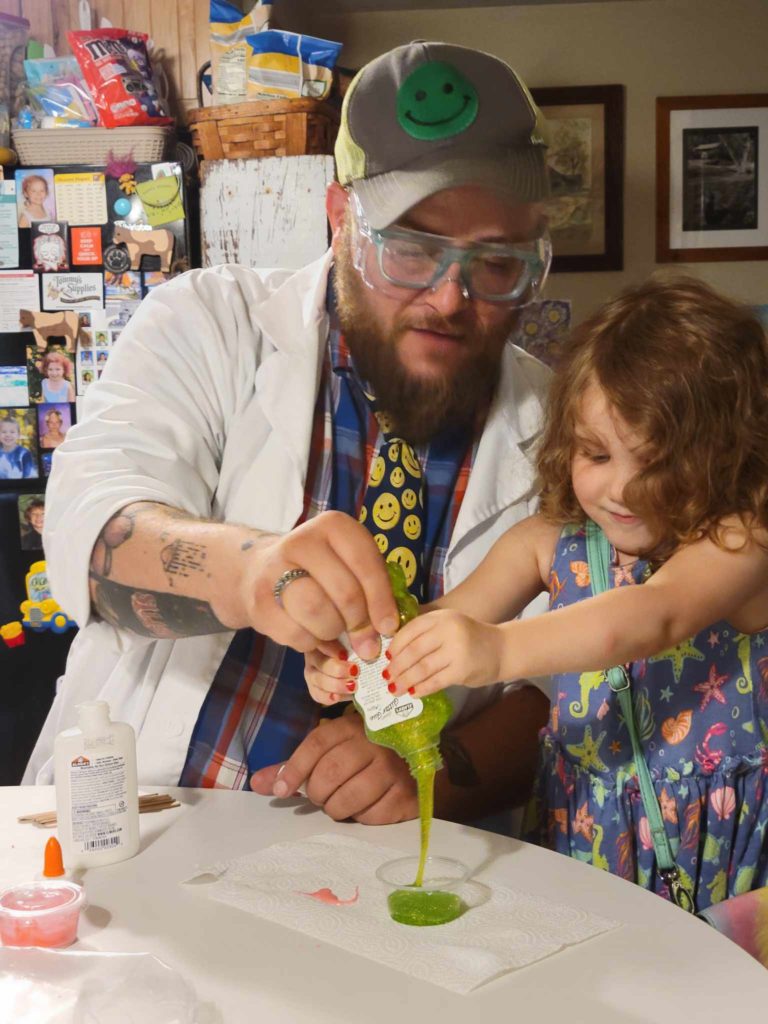

Party Slime Lab
After the show, invite guests to get hands-on with our slime lab!
Kids are invited to mix non-toxic, household ingredients and create their very own slime! Kids will take home their slimy creations in to-go cups, which can act as both entertainment and party favors.
Our slime lab is priced per guest and can be done in a group (perfect for birthday parties) or in waves (great for larger and longer events).
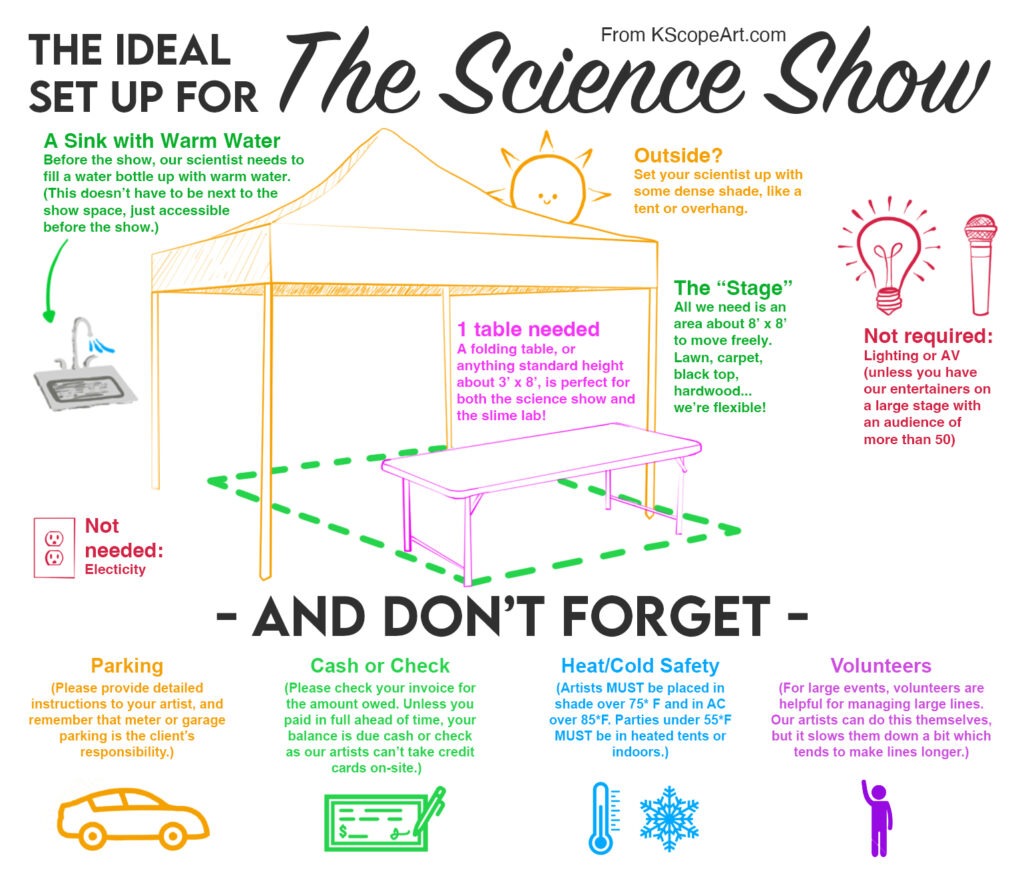
Science Show + Slime FAQ
Does the science or slime make a mess?
The science show is fully contained on a table! We use catch-trays for the one experiment (elephant’s toothpaste) that has some spill over, so there won’t be any mess with the show.
The slime lab is also relatively mess free. The slime we create is very un-sticky (more like putty than gooey slime), although some kids have spilled a small amount of saline solution on the table or floor. (Saline solution is basically contact solution, so it’s safe for eyes and doesn’t harm carpets or lawns.)
What experiments or topics do you cover?
The science show is more about entertainment than structured education. That said, the topics we touch on are:
- Circuits and electricity through static created by balloons and a toy that shows how circuits work.
- Chemical reactions through self-cleaning pennies and elephant toothpaste.
- Density through a home-made lava lamp.
- Curiosity, making guesses, and observation!
Can you add a custom experiment based on the theme of my event, or the interests of my kid?
Like other types of theatre, our show isn’t scripted to be changed. The plot and experiments are set. Think of it more like a magic show than a lab or free play.
Can the science show work with a science curriculum?
Our show is set up to be a non-magic alternative to a magic show, so it’s more fun than learning. However, if your young students are learning about the scientific method (pre-learning, educated hypothesis, and observation) then the show will fit that theme.
That said, we do not have a study-guide or long-form education built into the show.
What chemicals, allergens, or safety concerns are in the science show?
Here’s a breakdown of every experiment and safety notes:
- Static electricity is created by a balloon on a child’s head. (The balloon is latex, but there are no additional concerns.)
- A closed circuit is created by holding hands with an electronic toy. (No chemicals, allergens, or concerns.)
- A chemical reaction cleans a dirty penny. (A piece of change is placed in a beaker with white vinegar and salt; no other chemicals, allergens, or concerns)
- A homemade lava lamp is created by placing water, baby oil, food coloring, and an Alka Seltzer tablet into a graduated cylinder. (No other chemicals, allergens, or concerns)
- “Toothpaste for an elephant” is created by adding hydrogen peroxide, yeast, water, dish soap, and food coloring to a flask. (The hydrogen peroxide is hair bleach. The yeast is food-grade from the grocery store. The dish soap is fragrance and dye free. The food coloring is food-grade. This chemical reaction creates a small amount of heat, safe to the touch, and is contained on the table using a baking sheet to catch the extra foam it creates. Children are not near the experiment.)
That said, our “lab partners” (kids in the audience) will always be given safety glasses to model lab safety, even if non of our experiments require them as a precaution.
